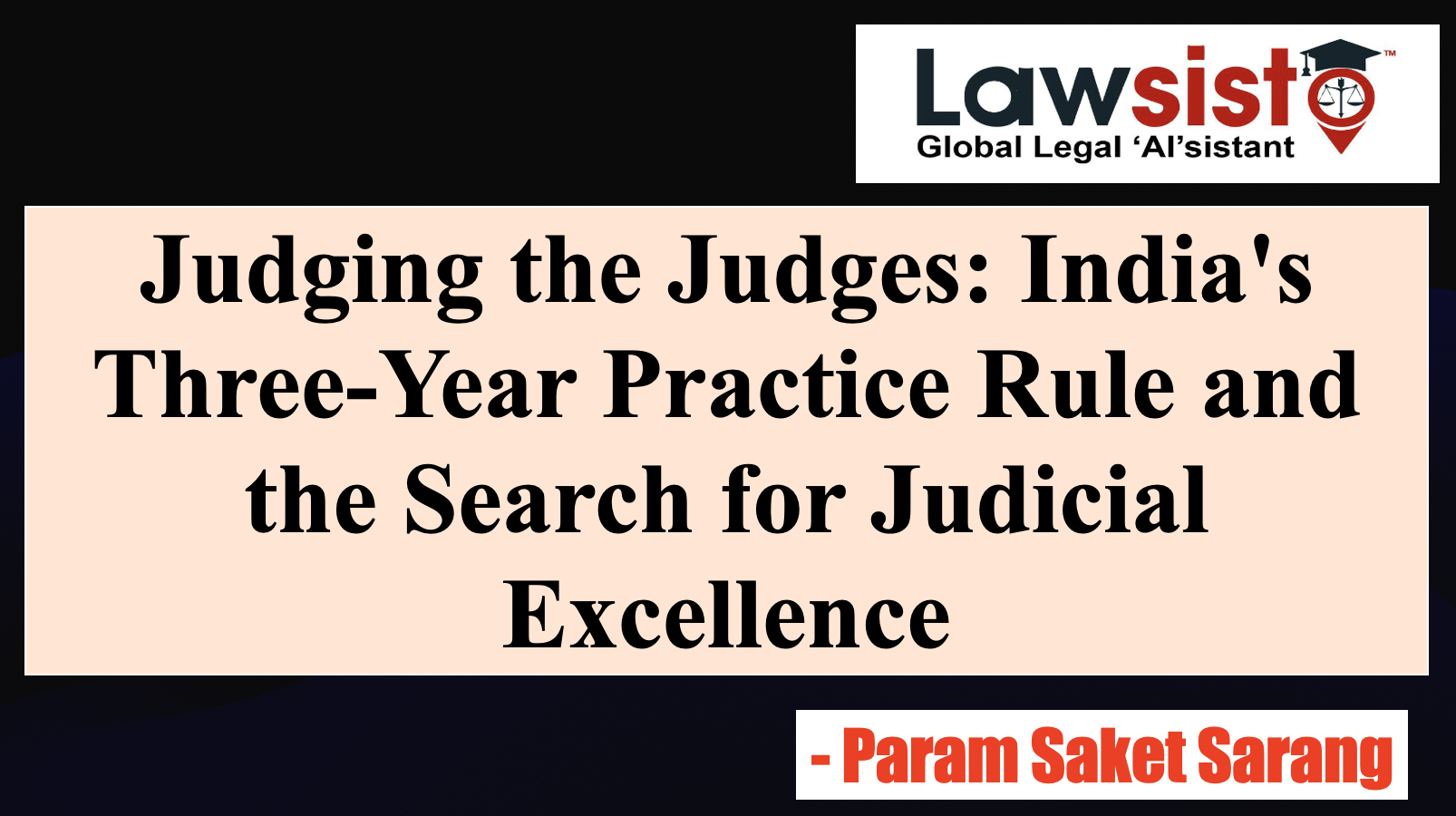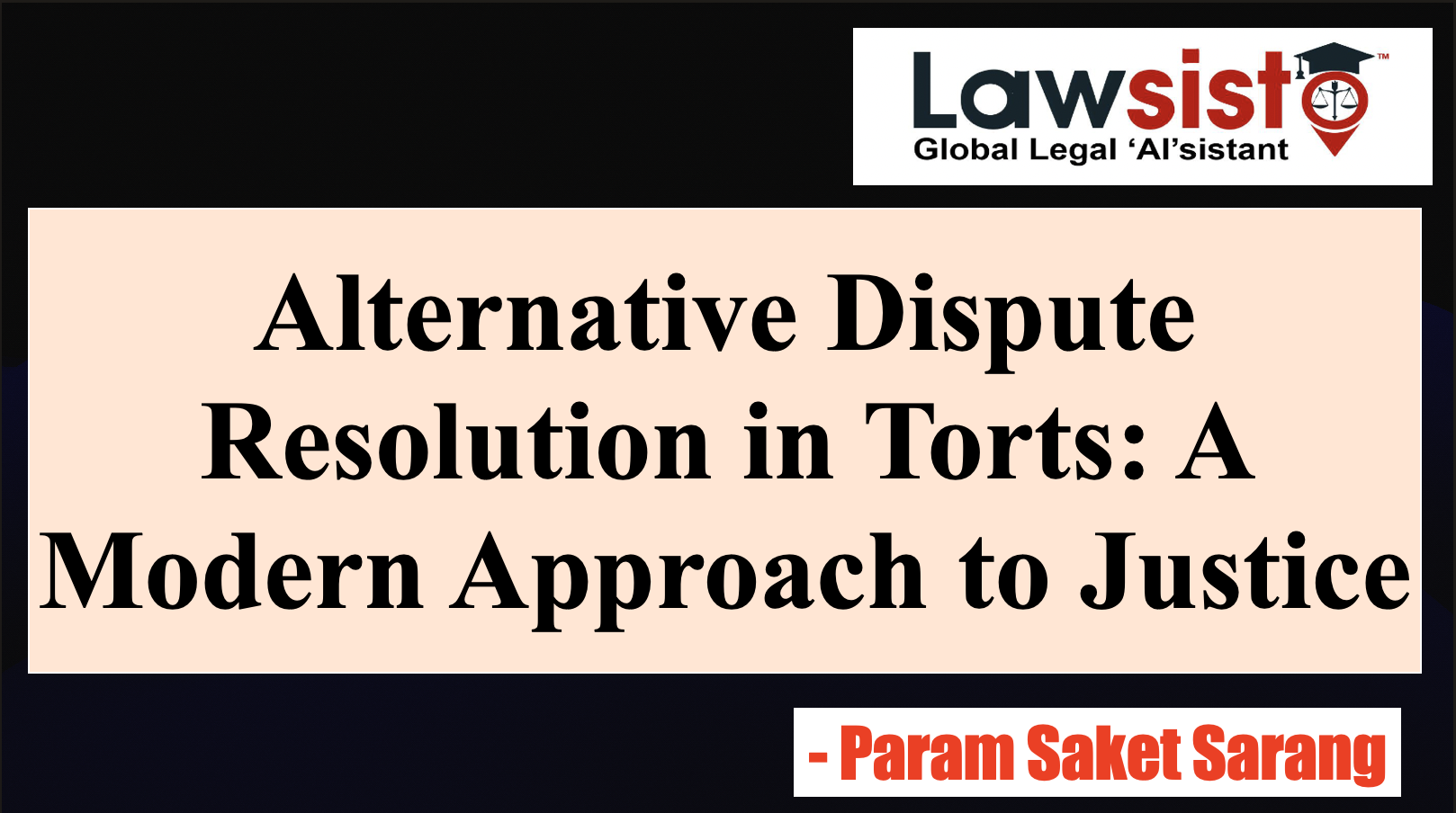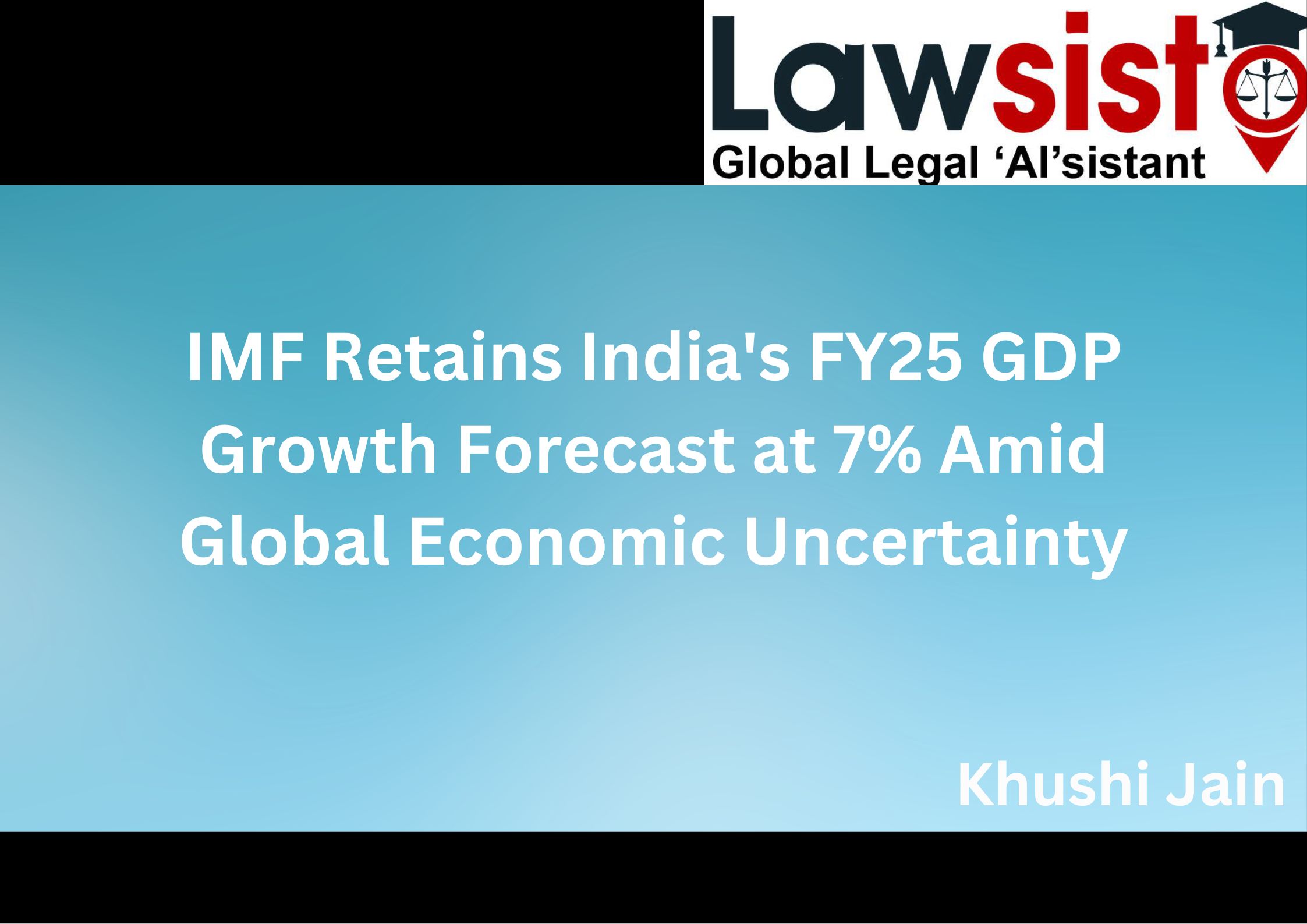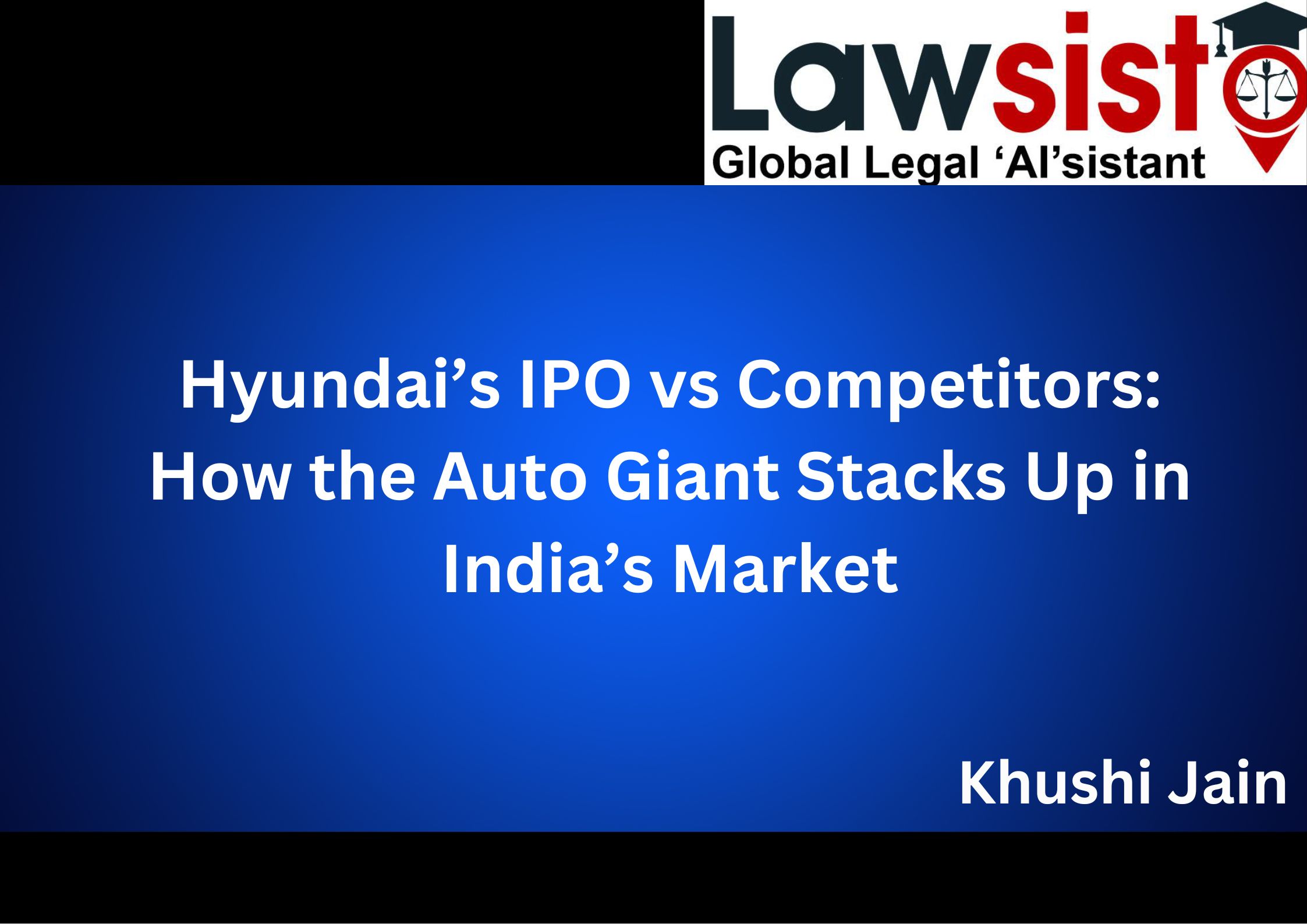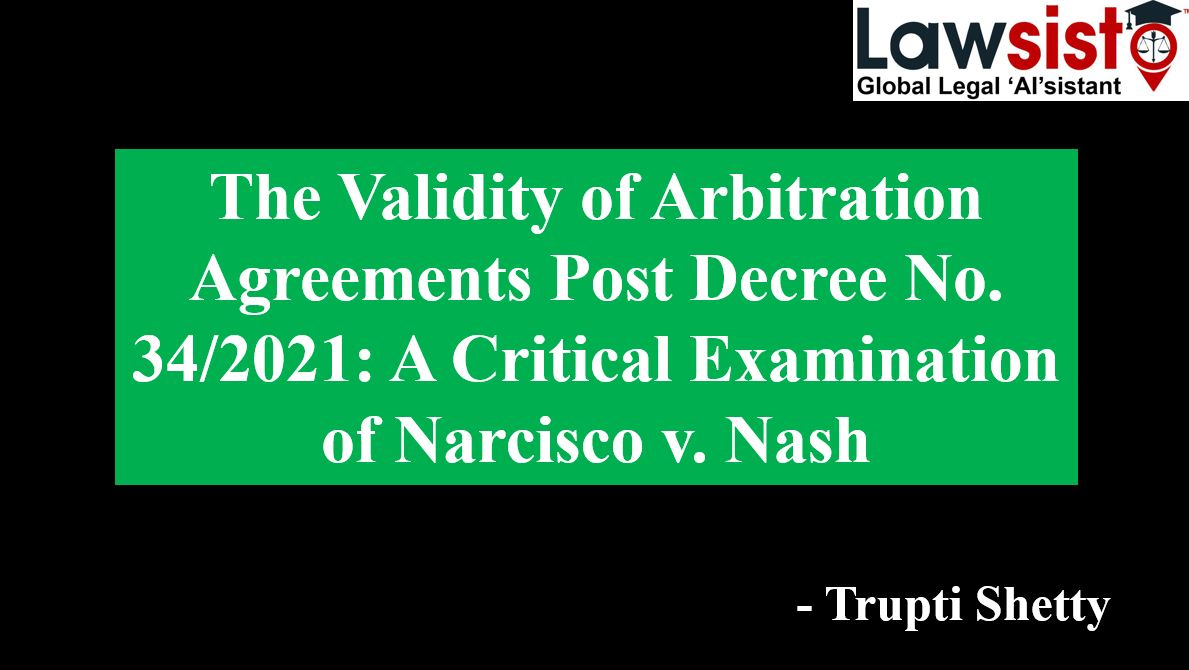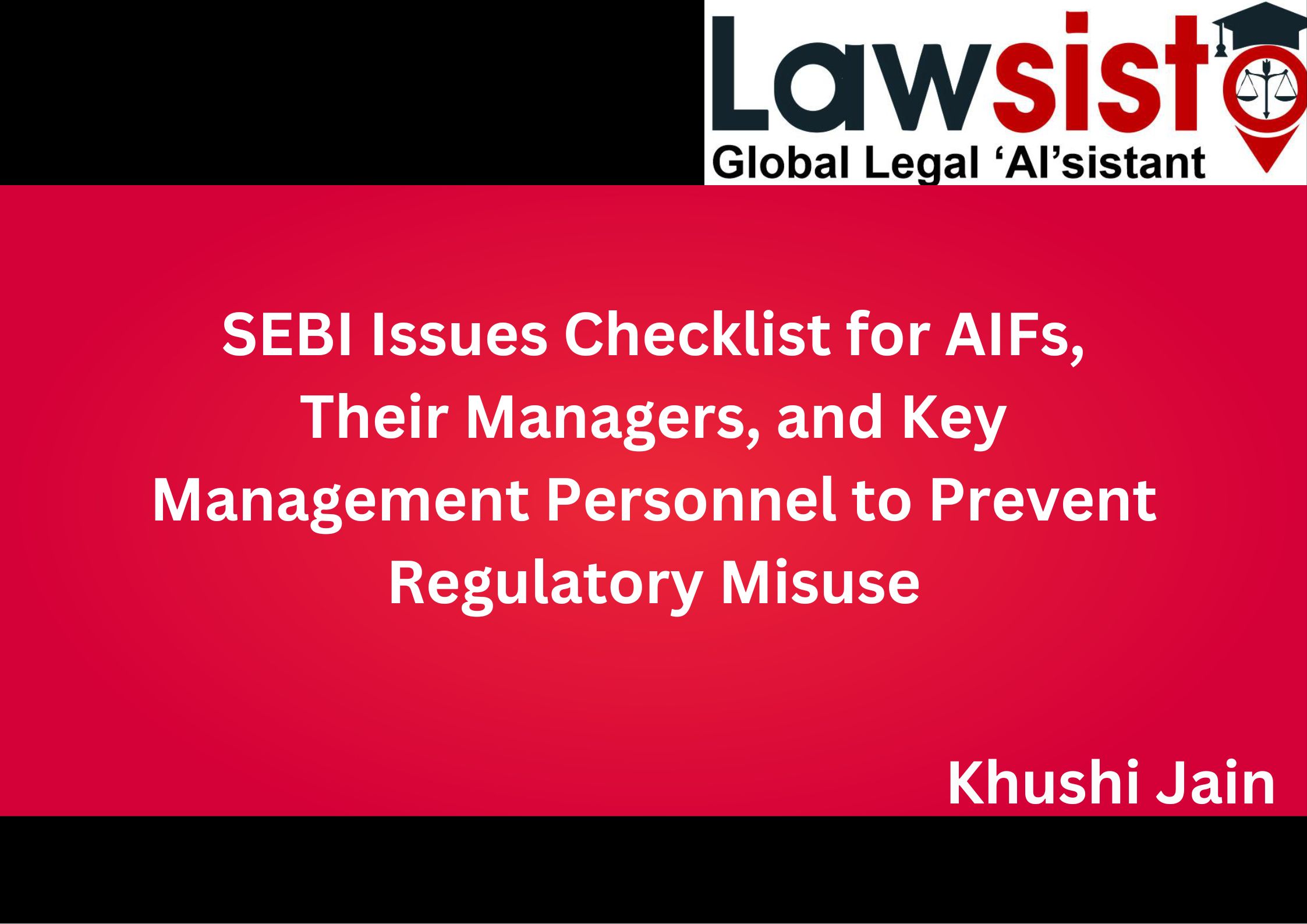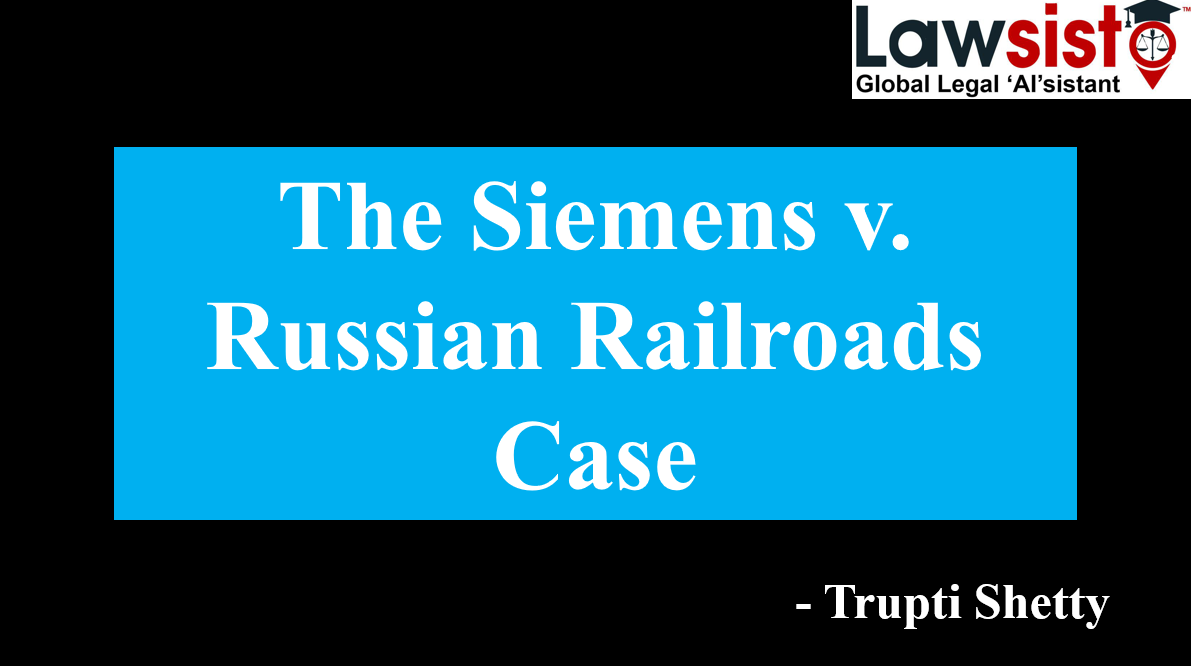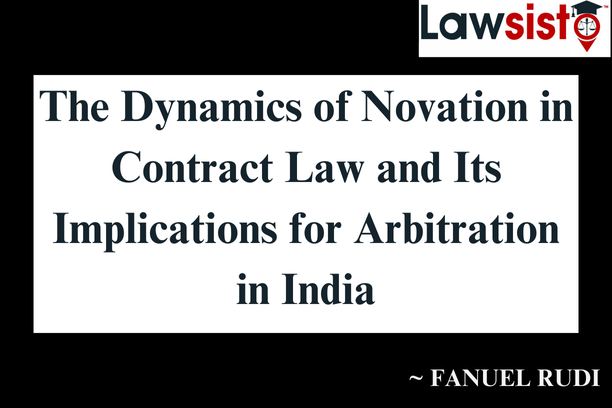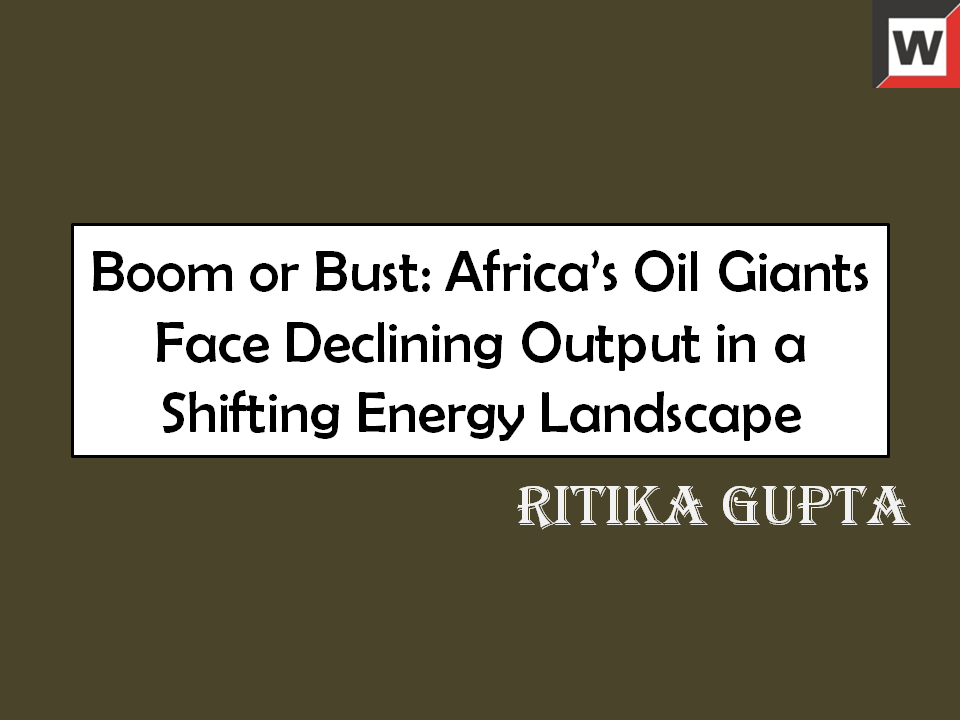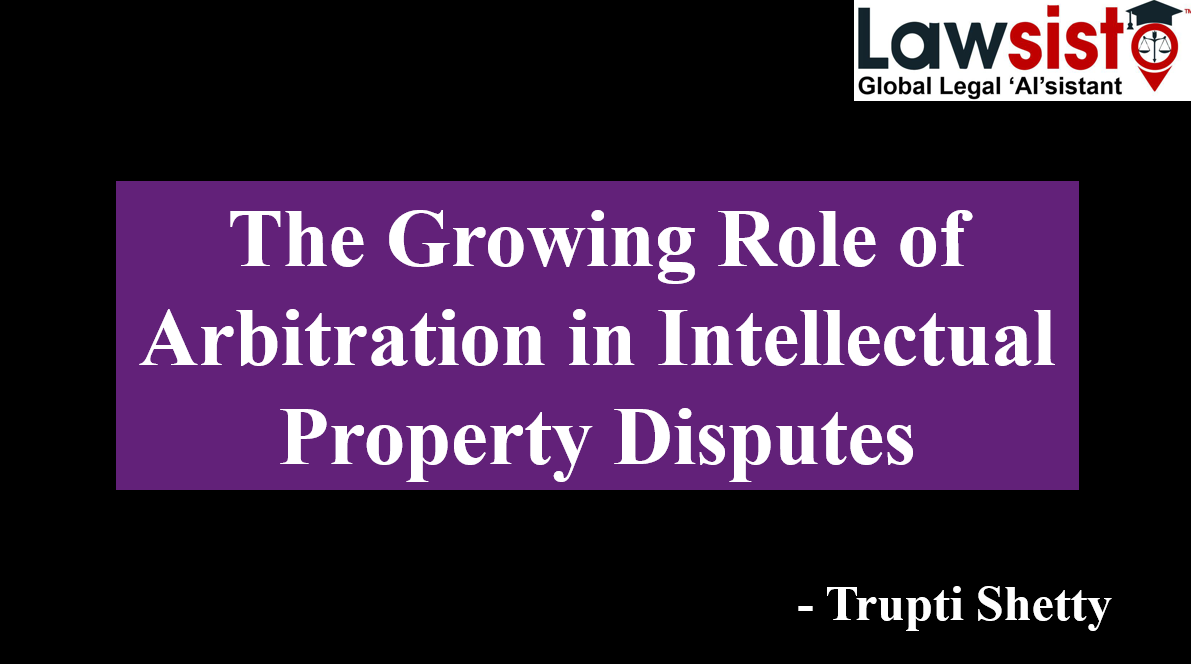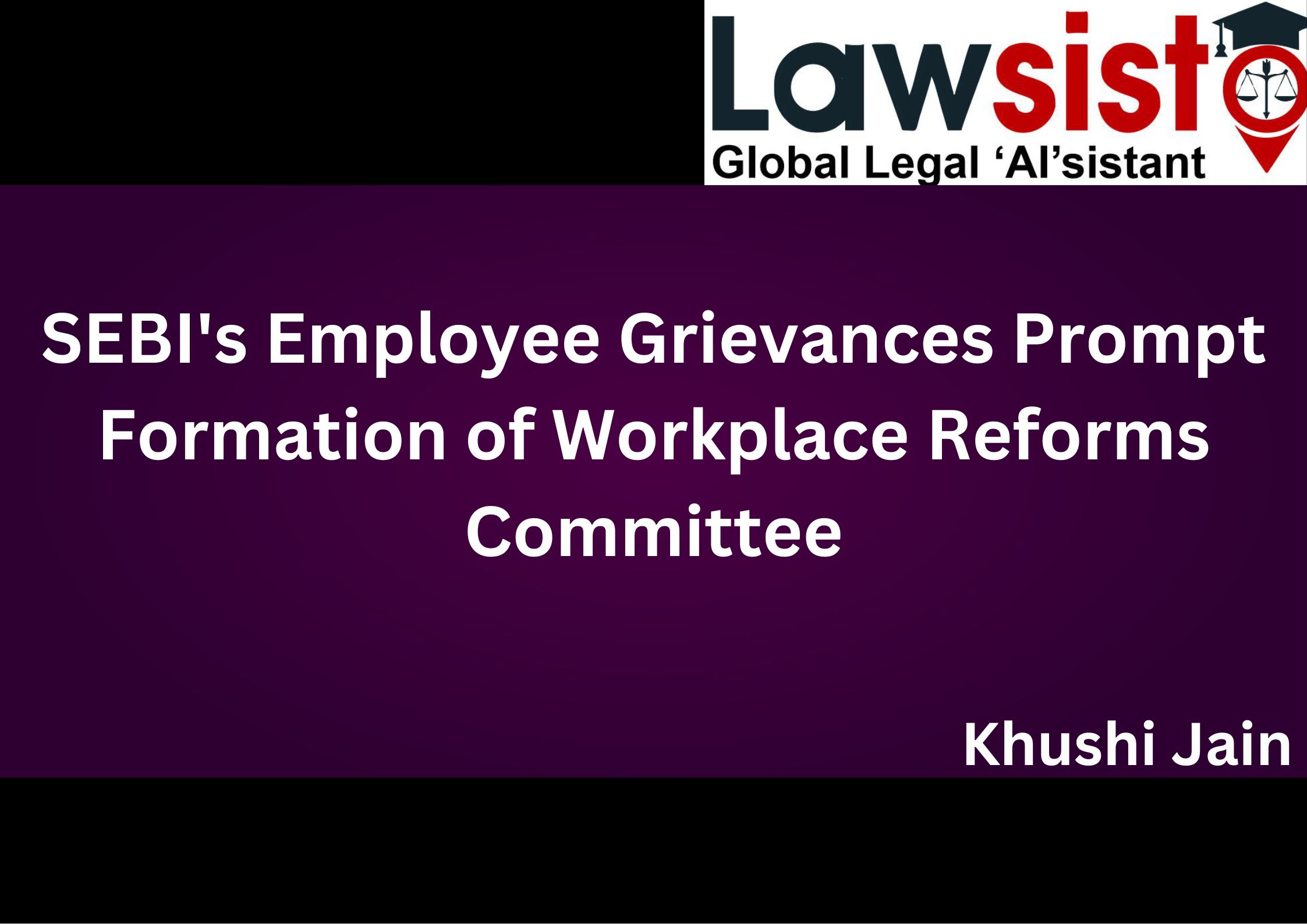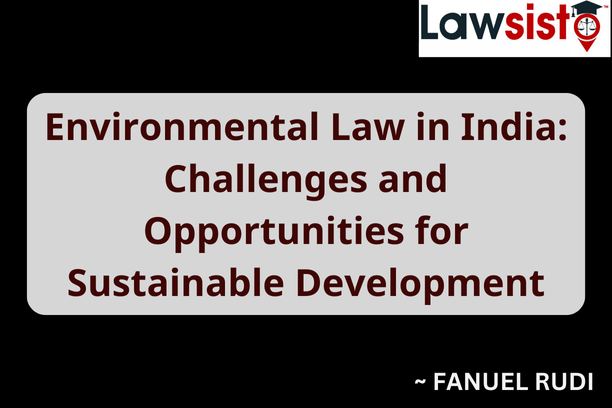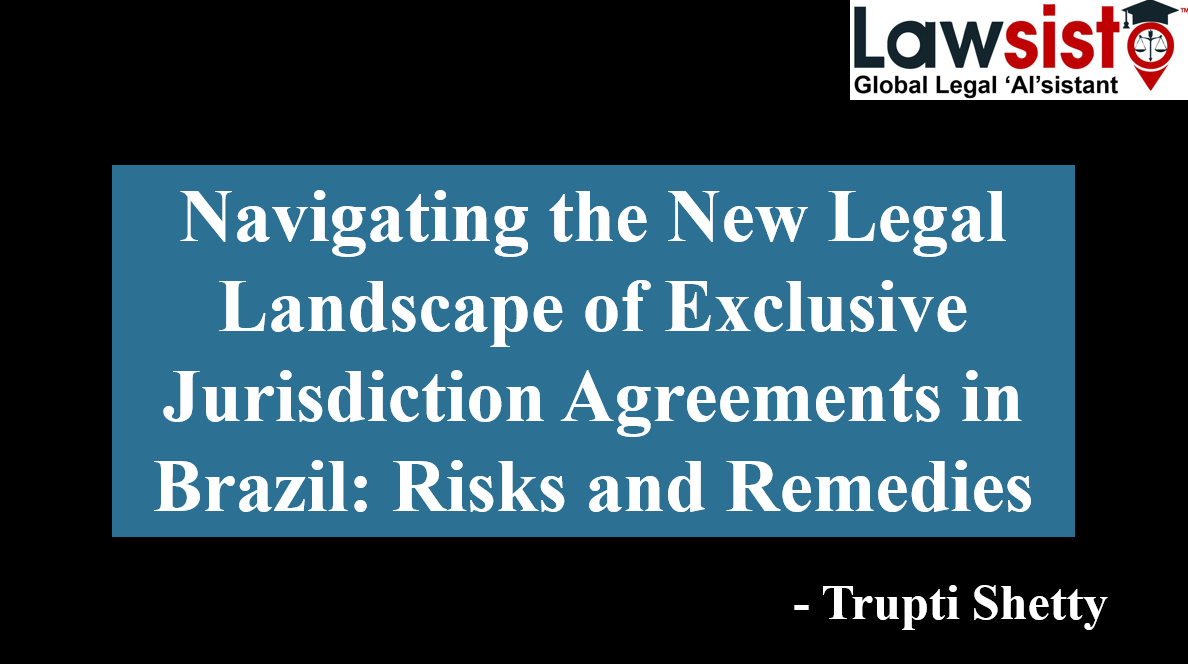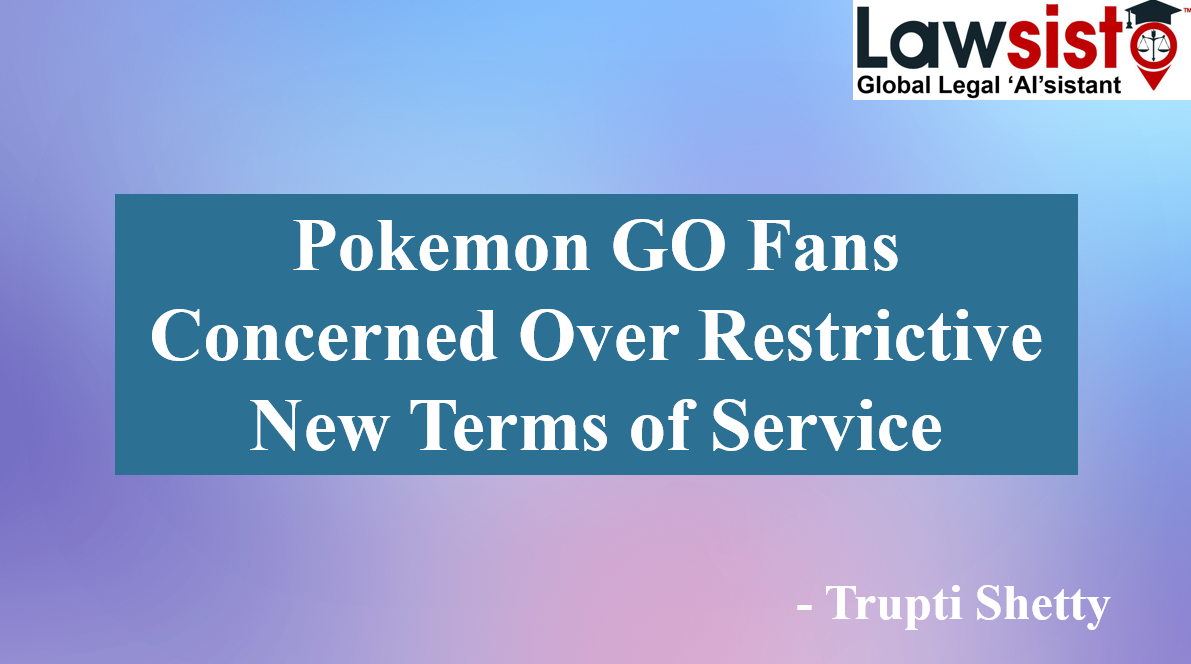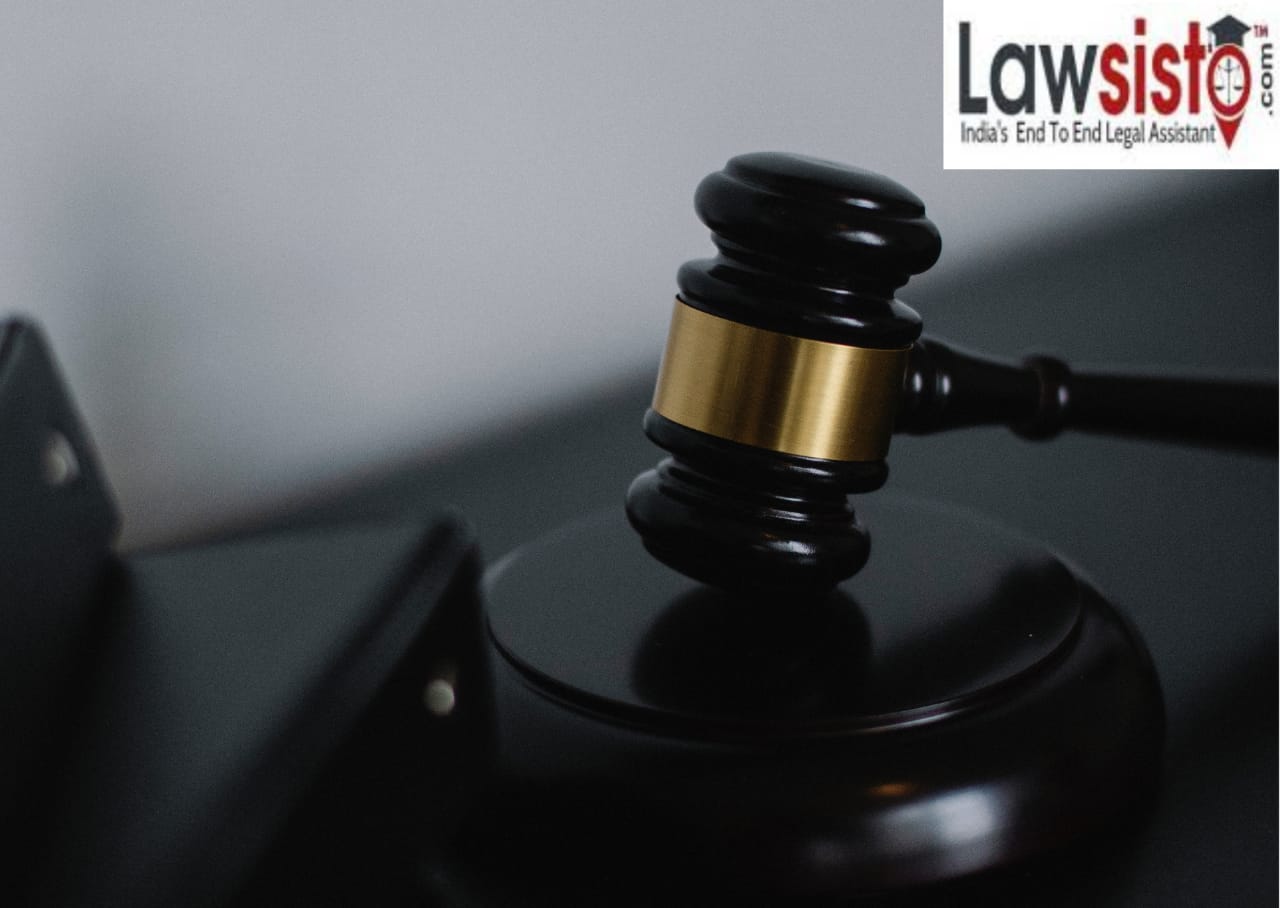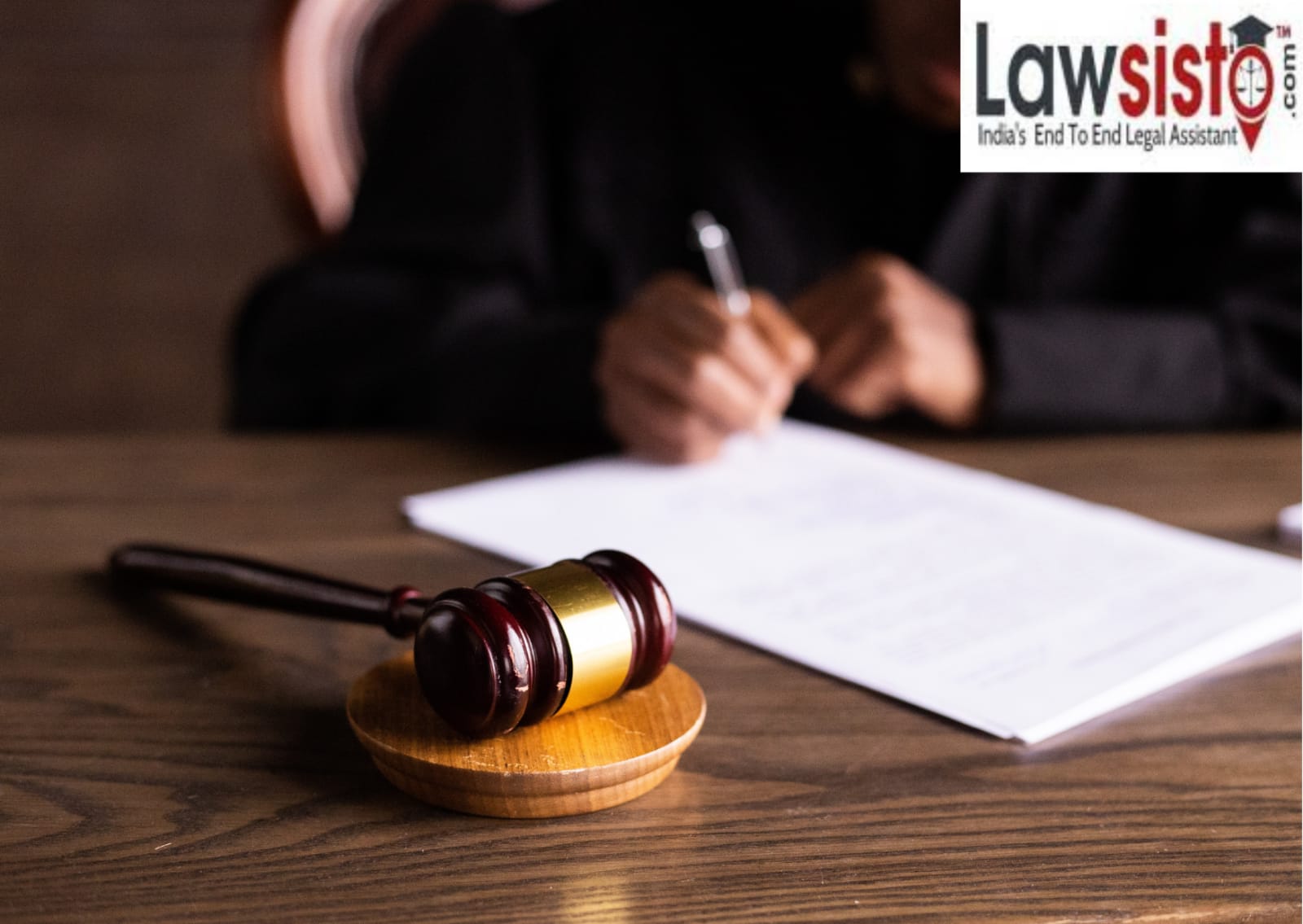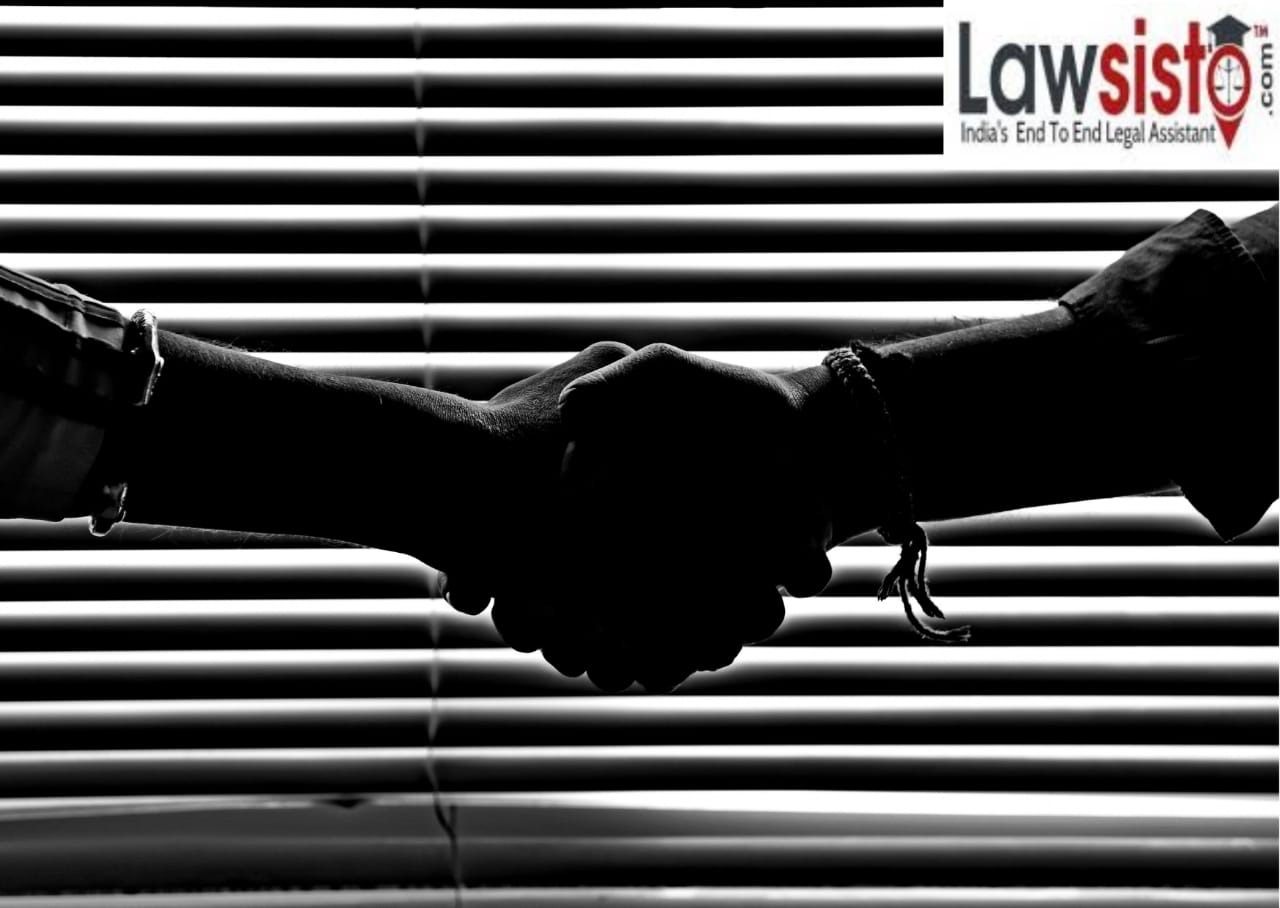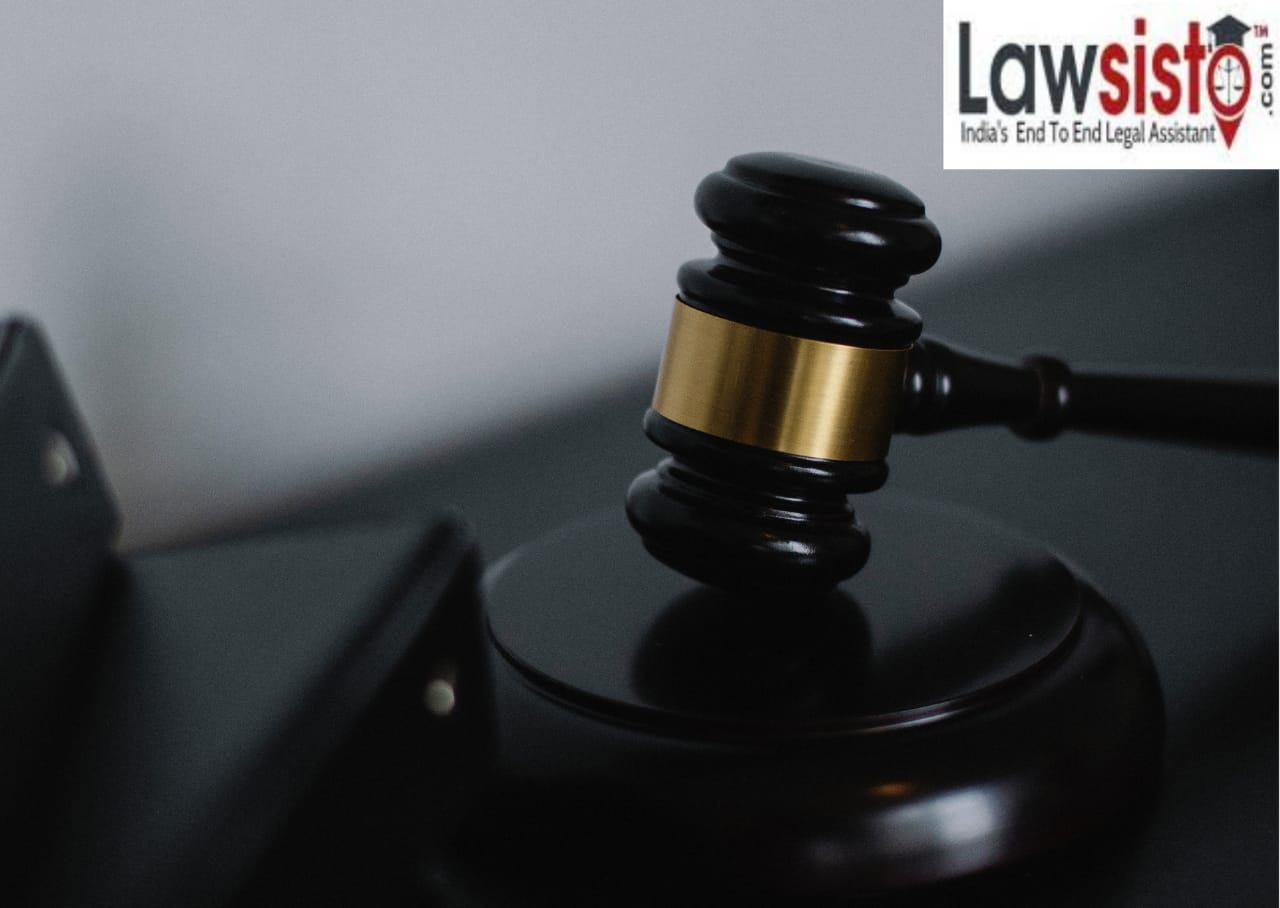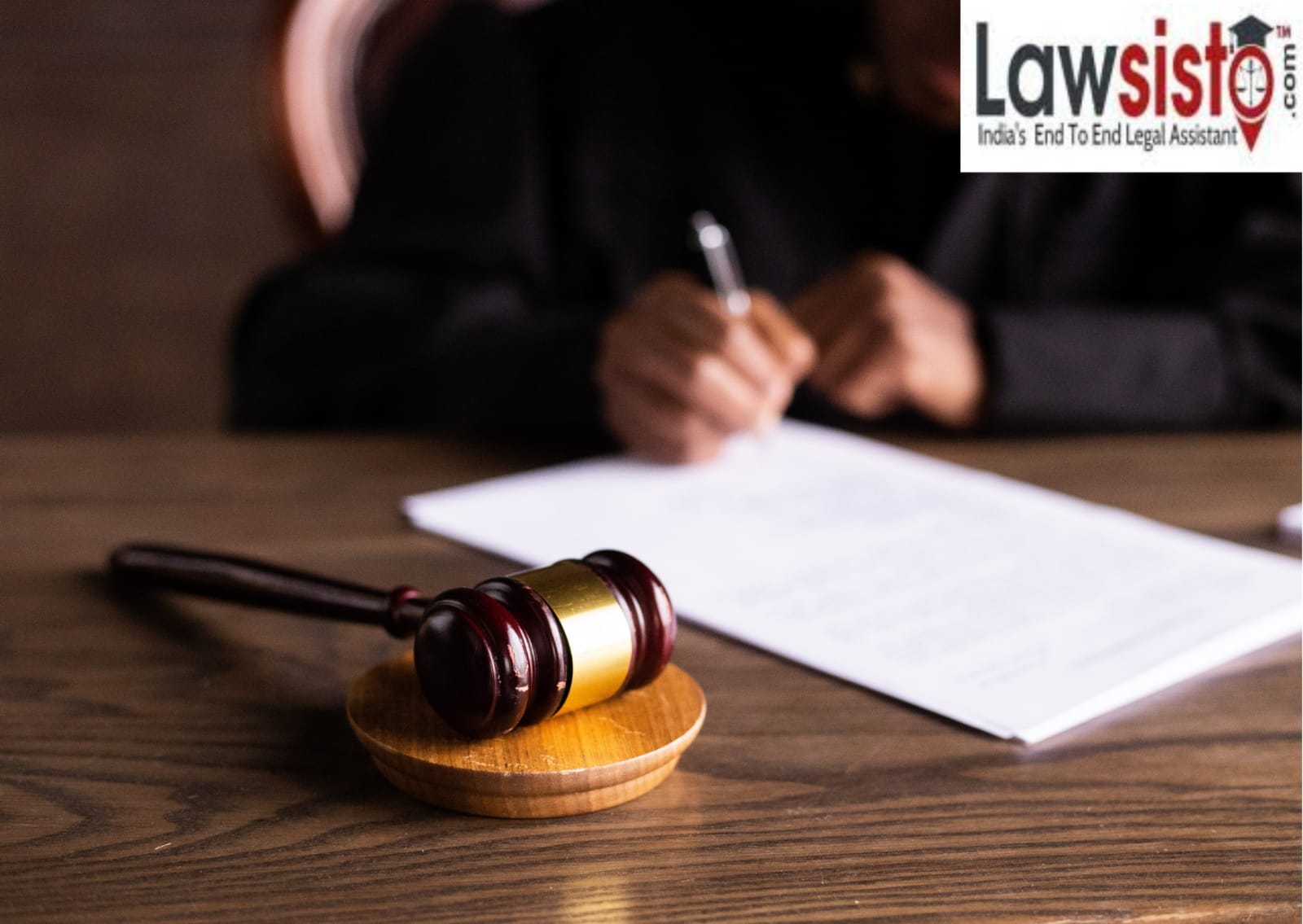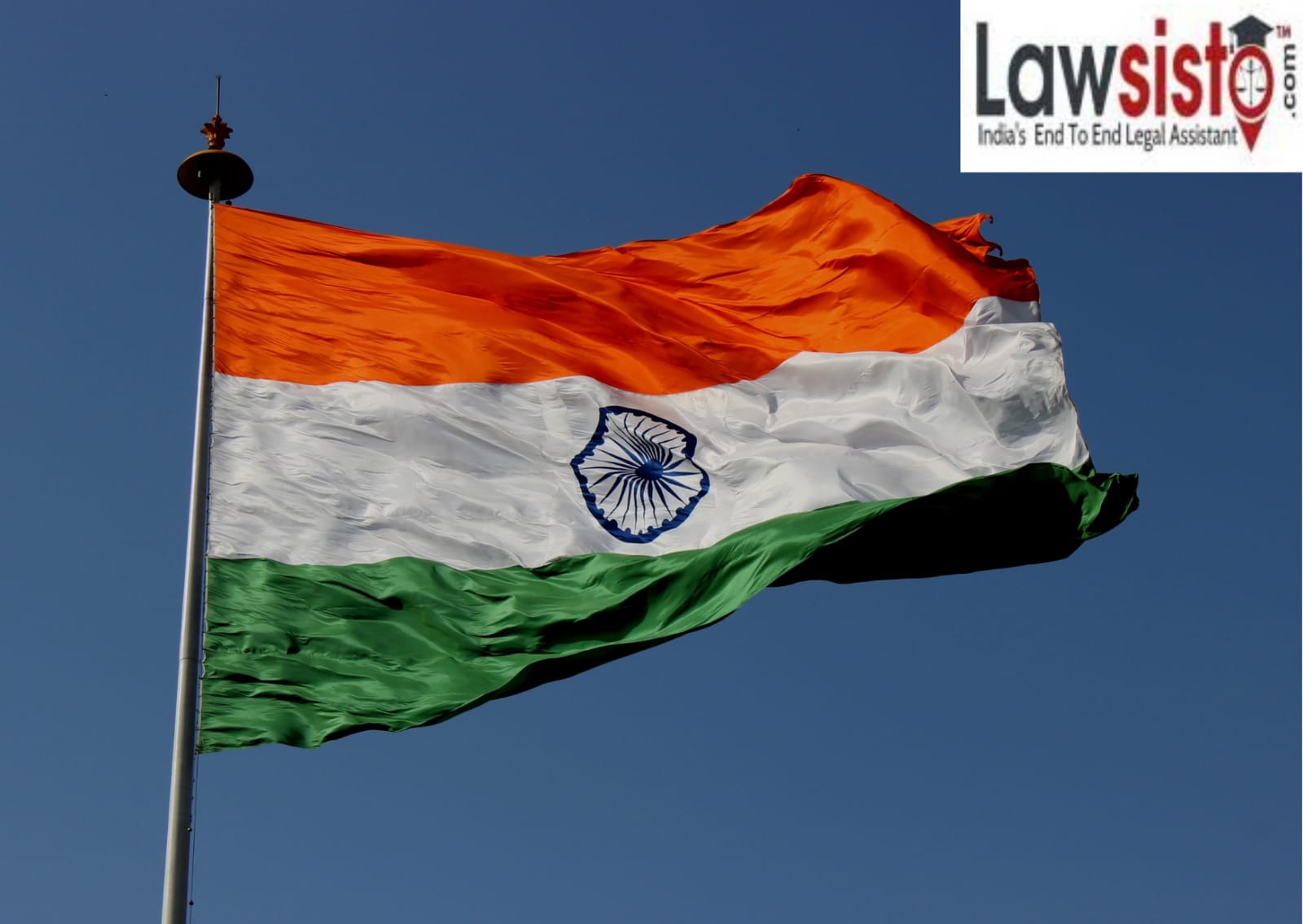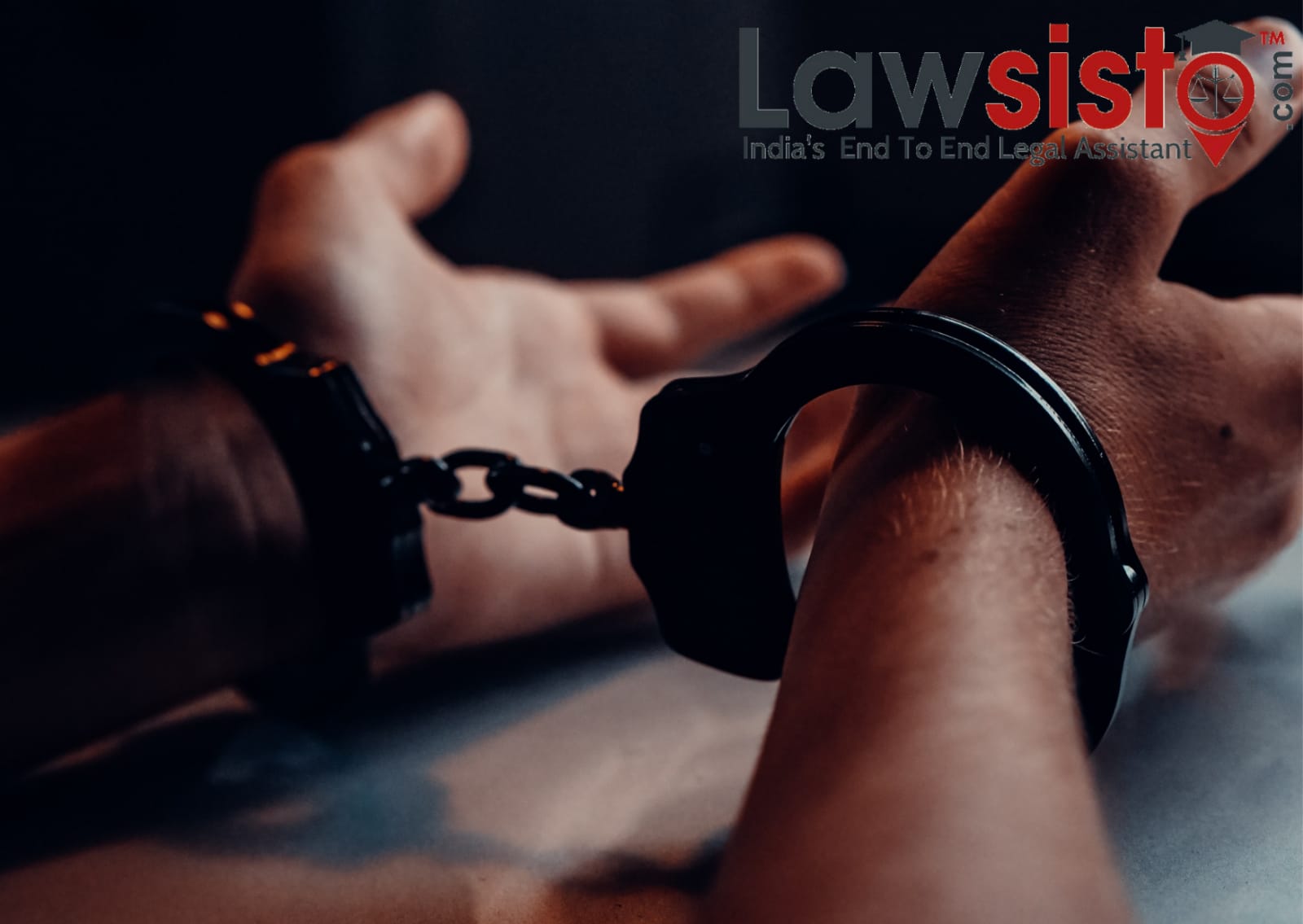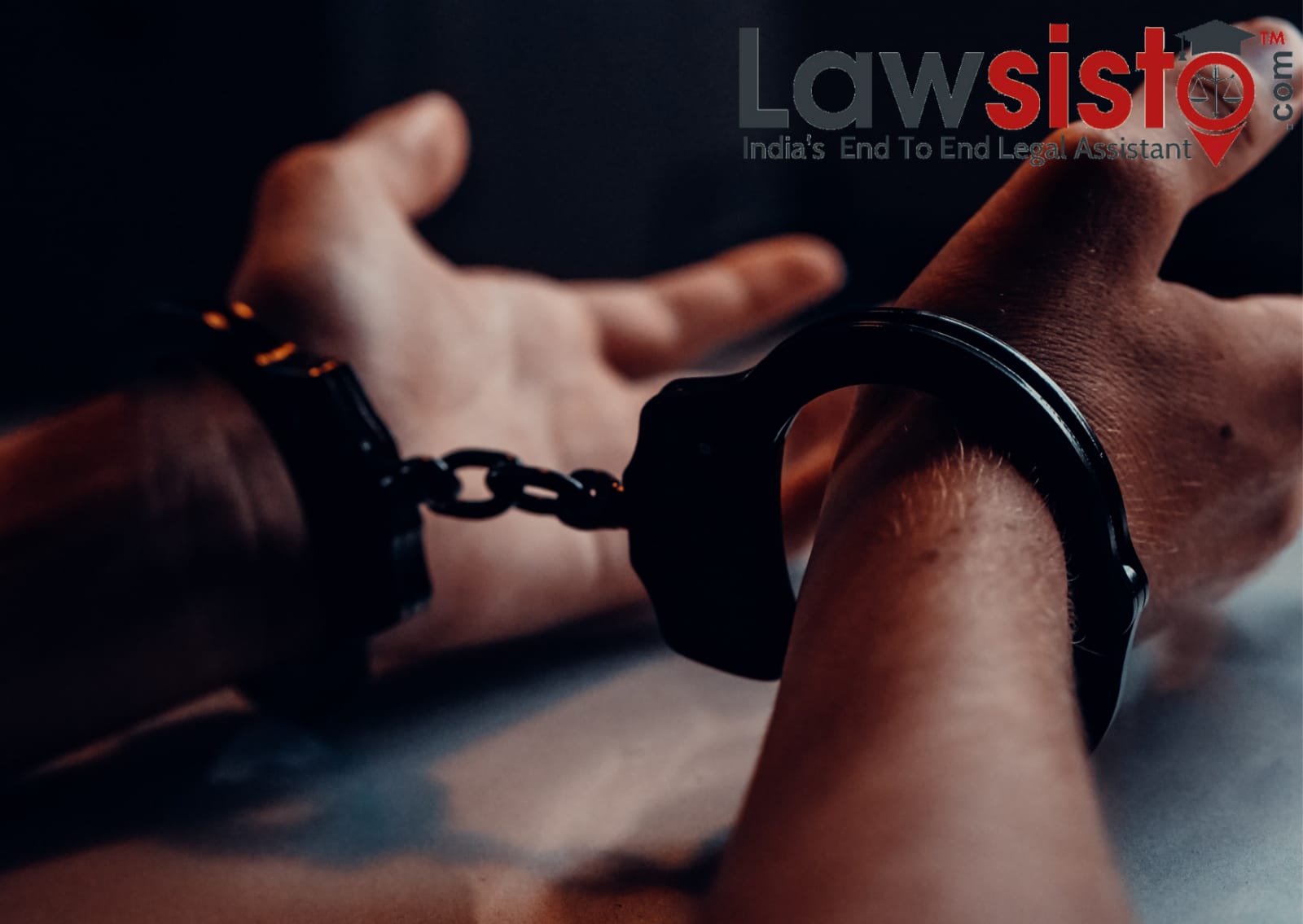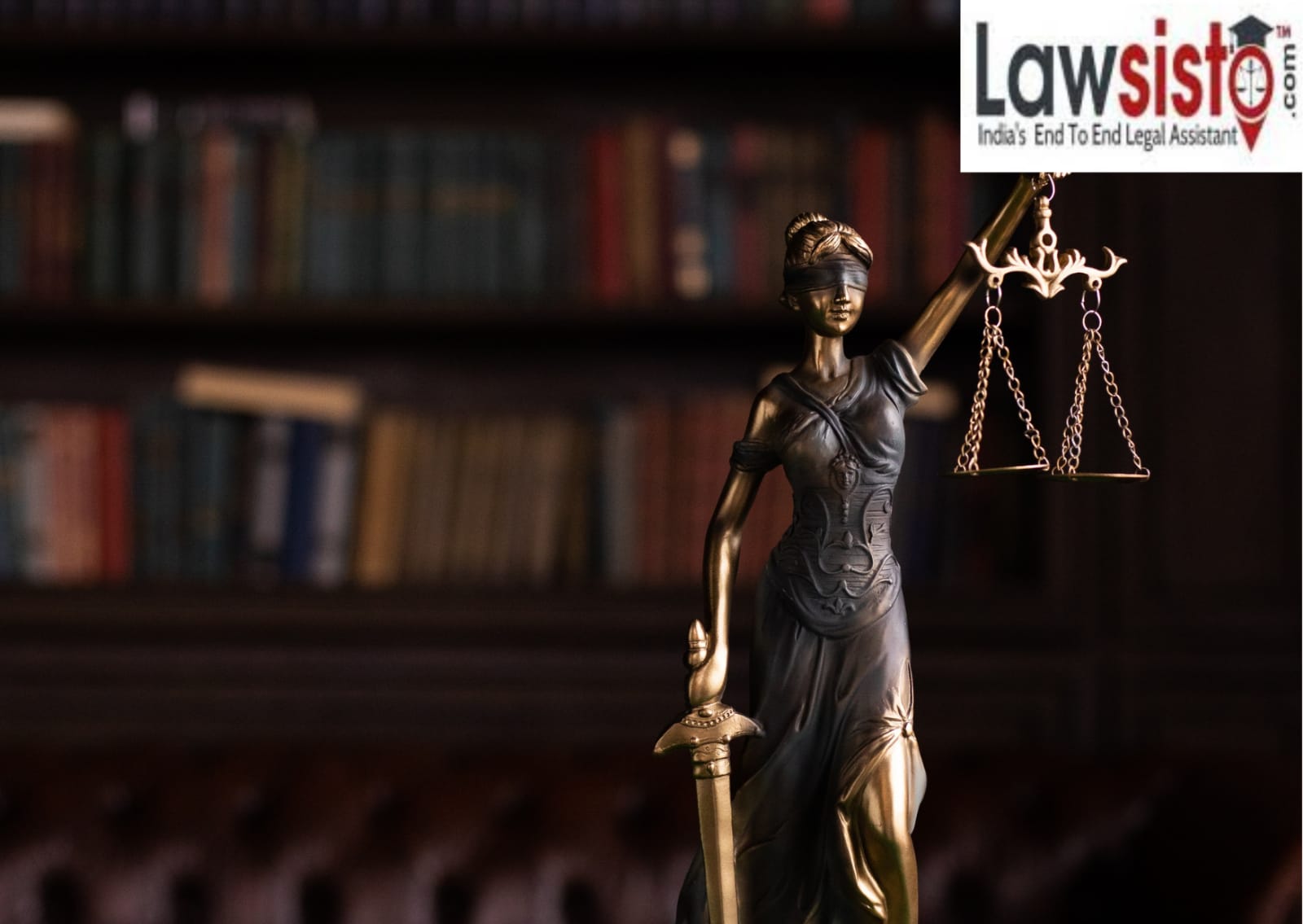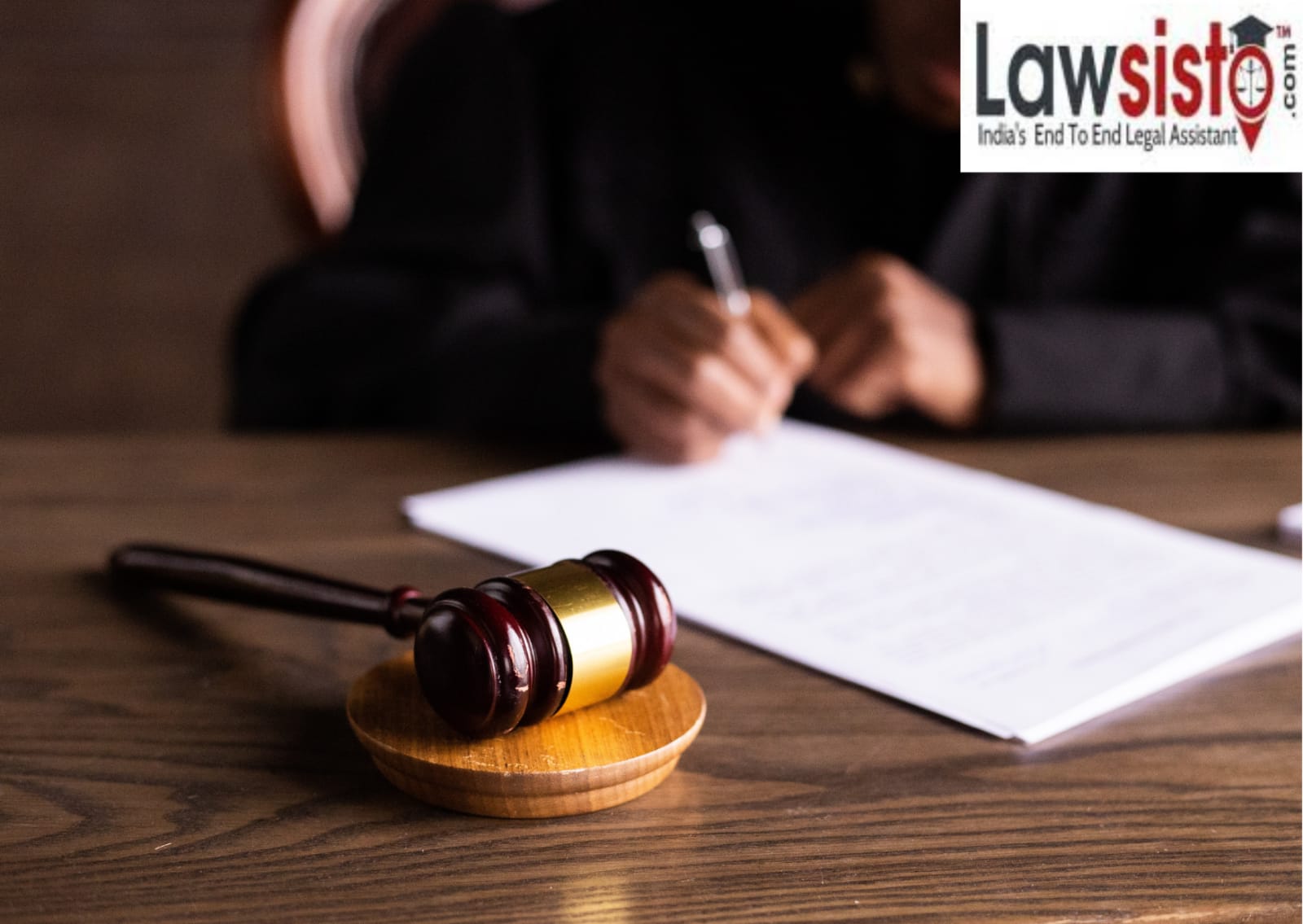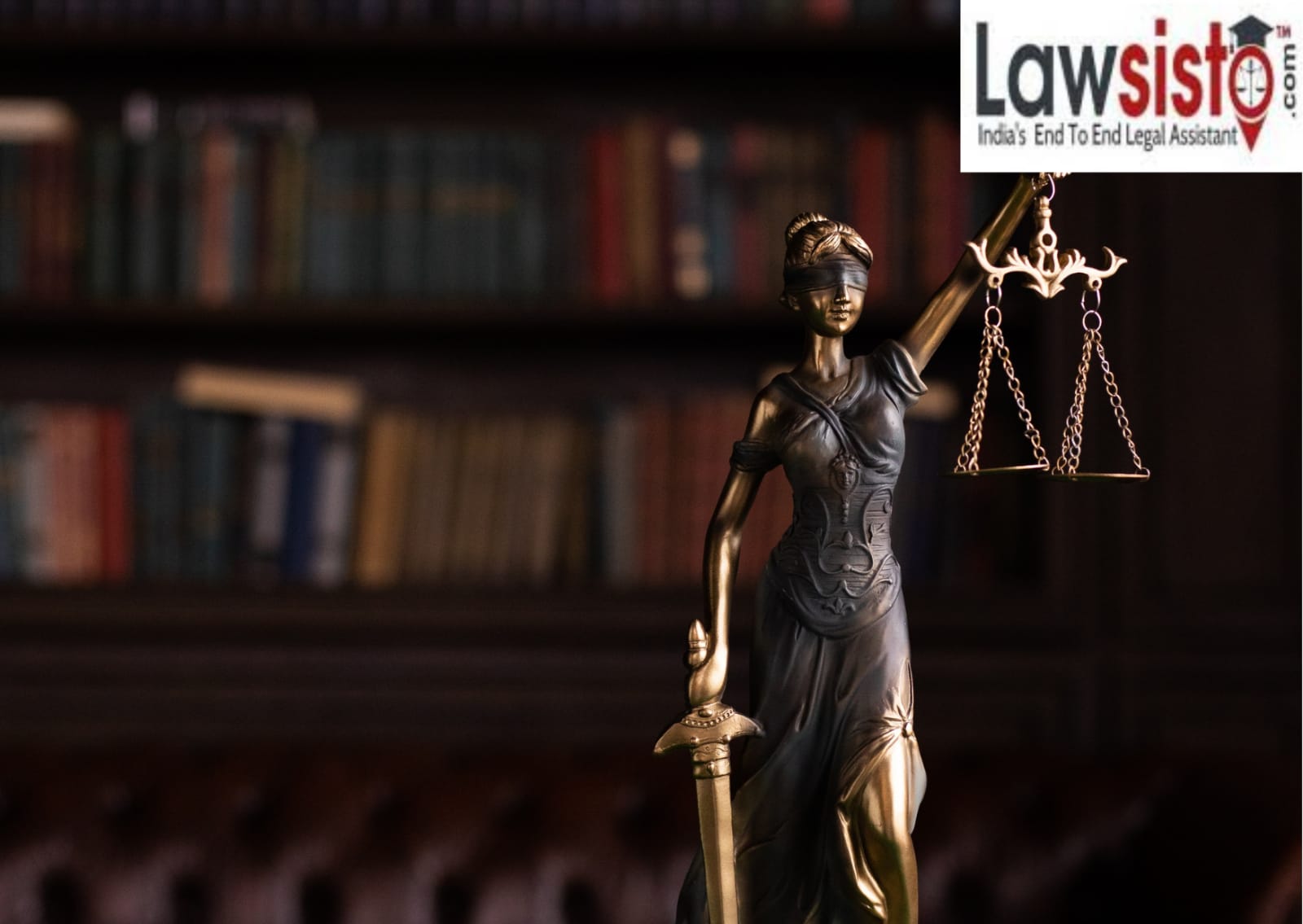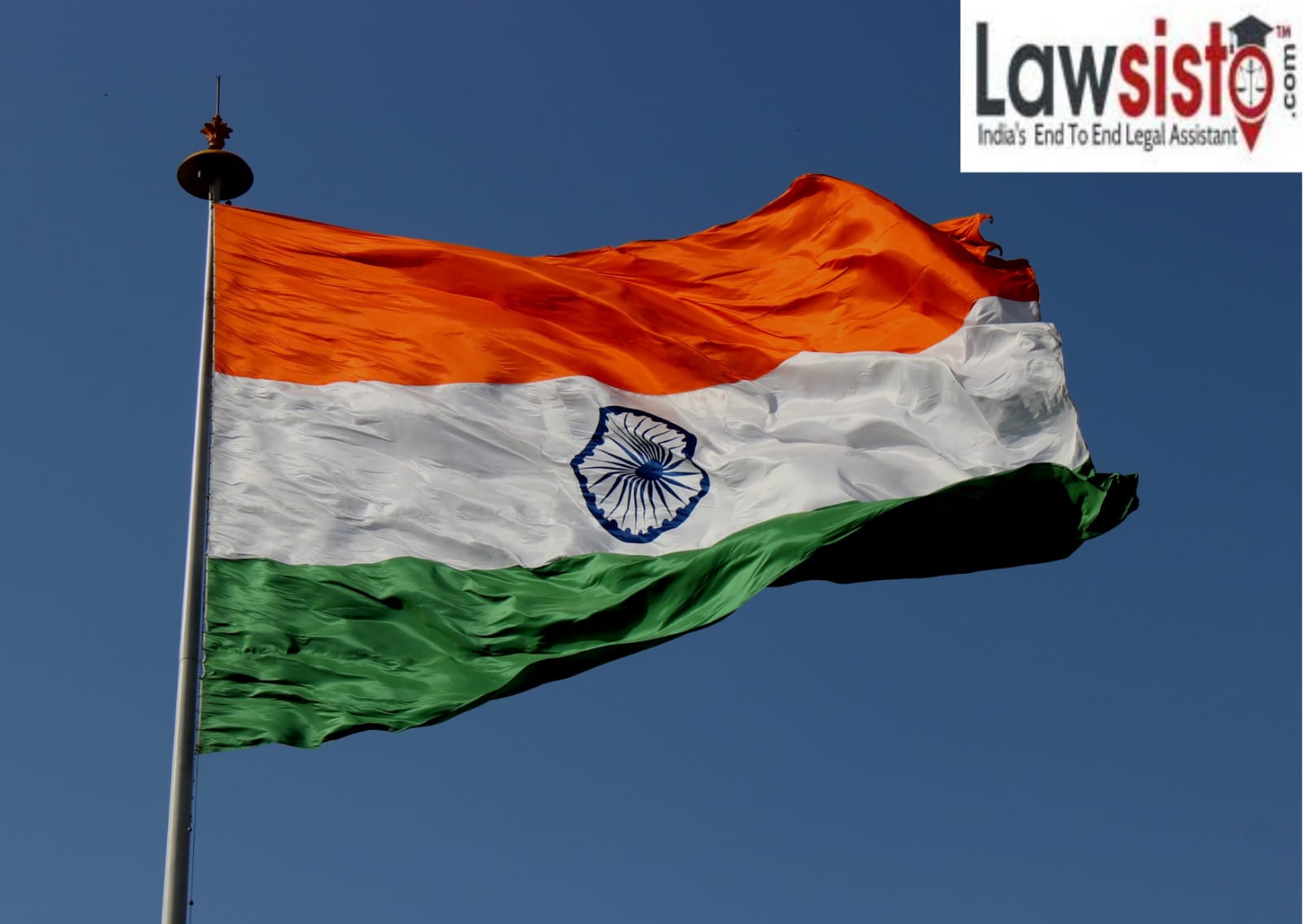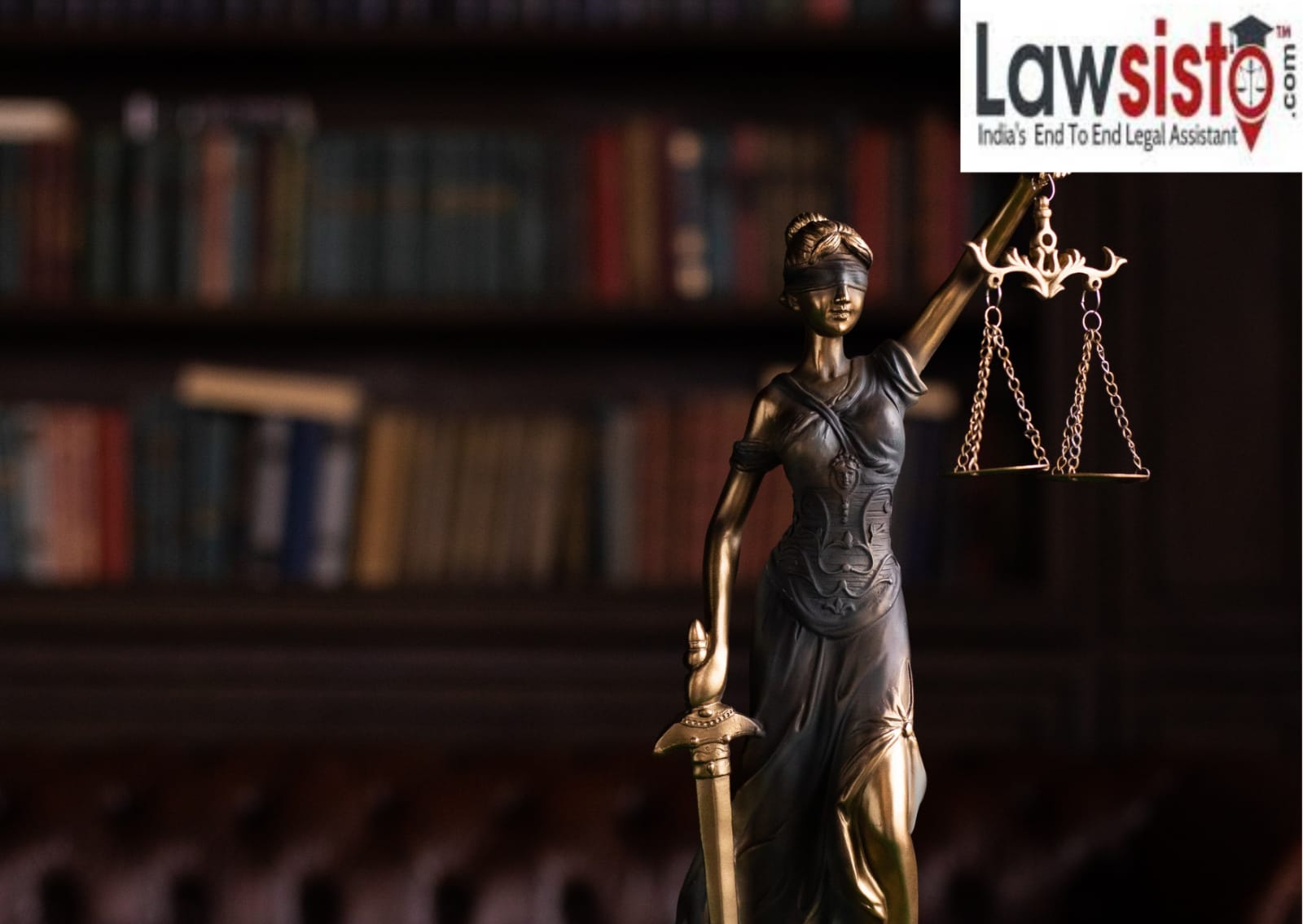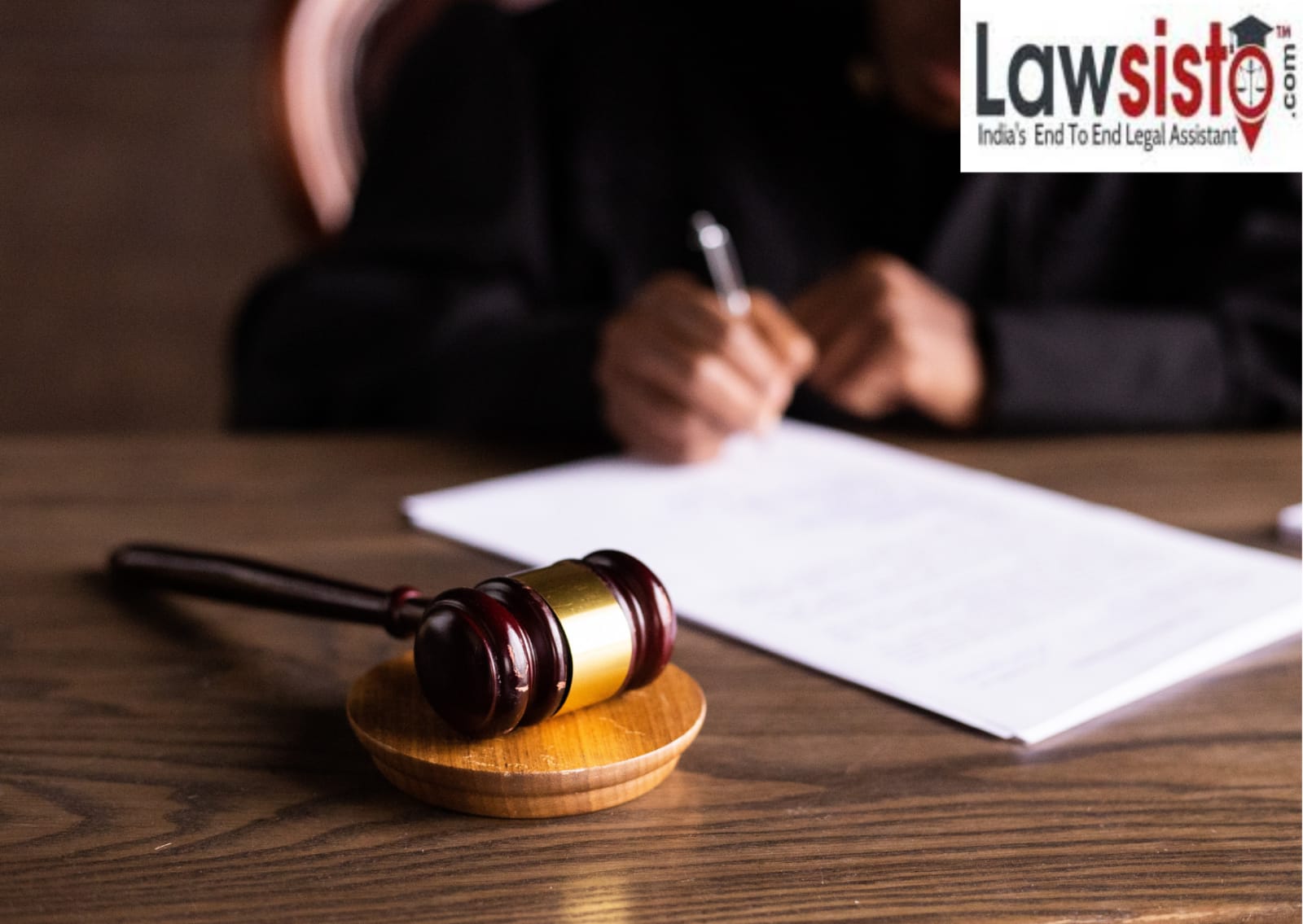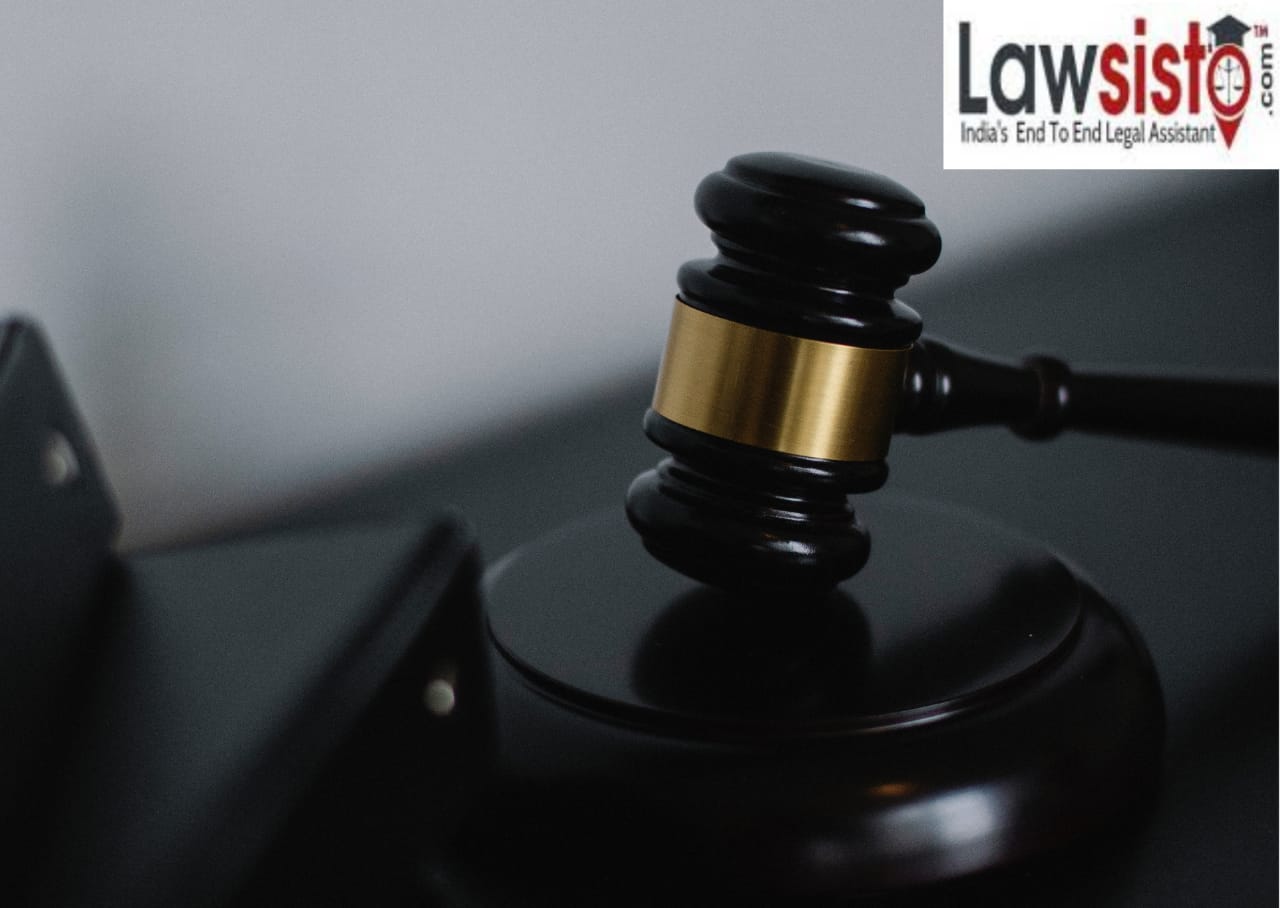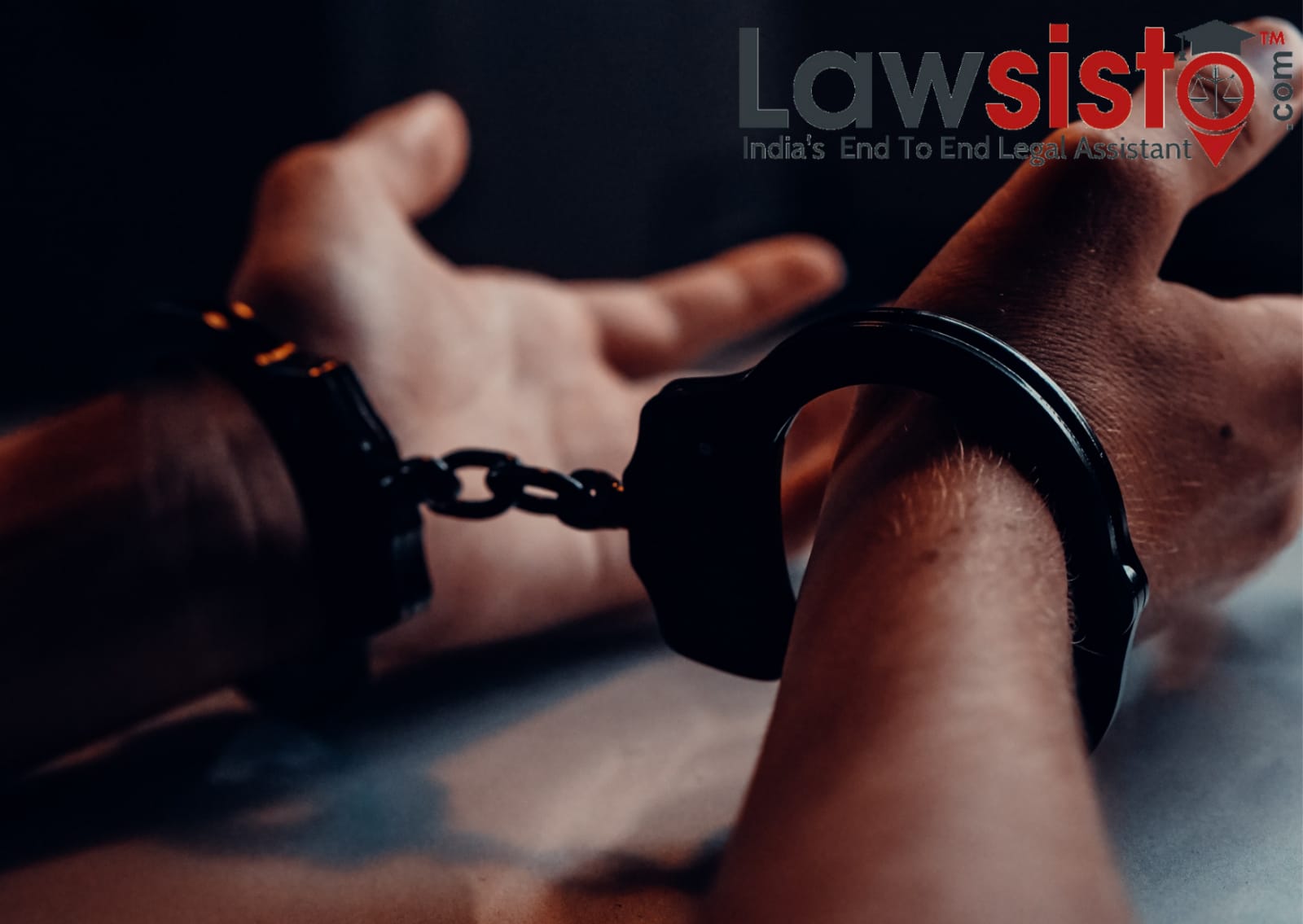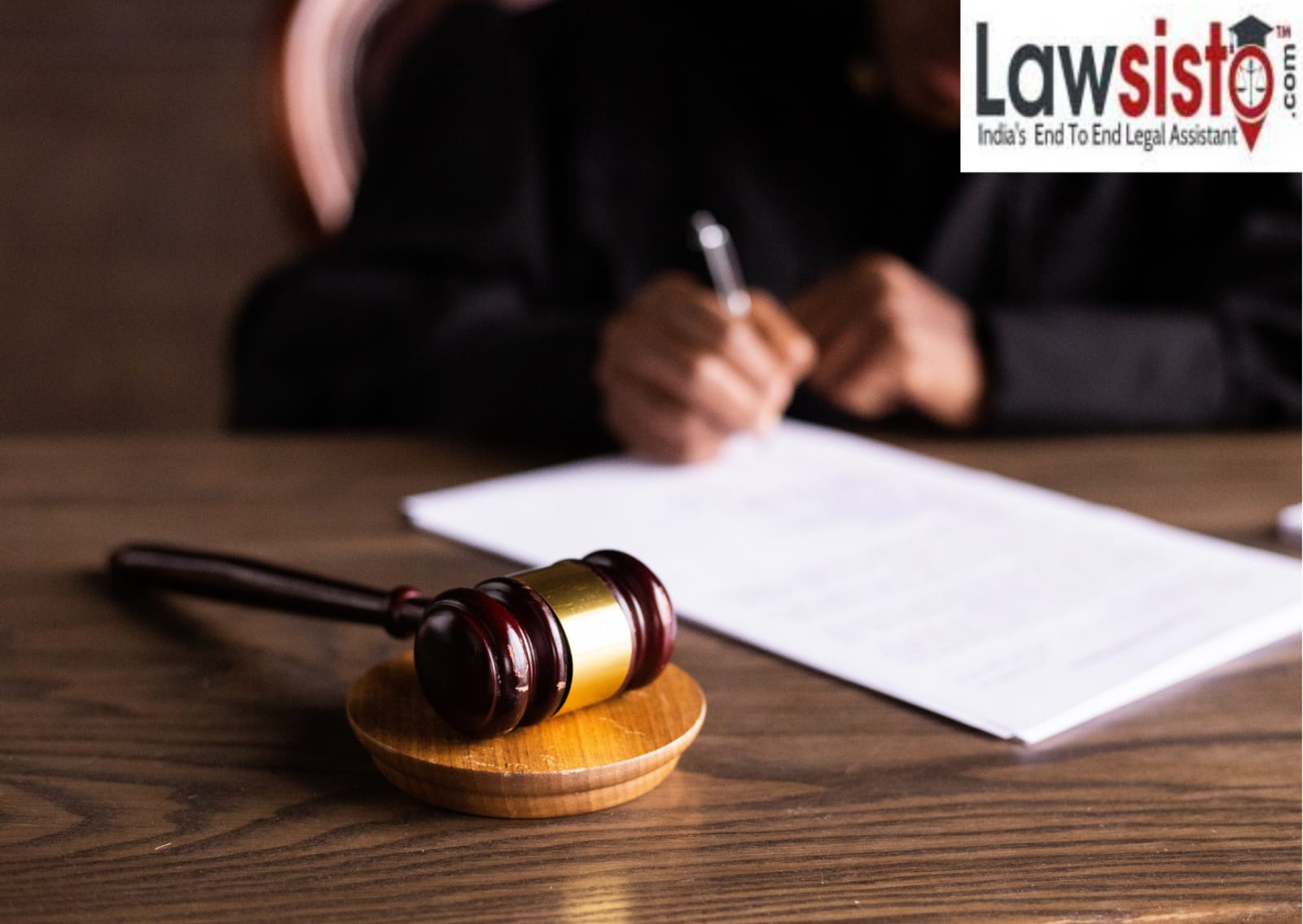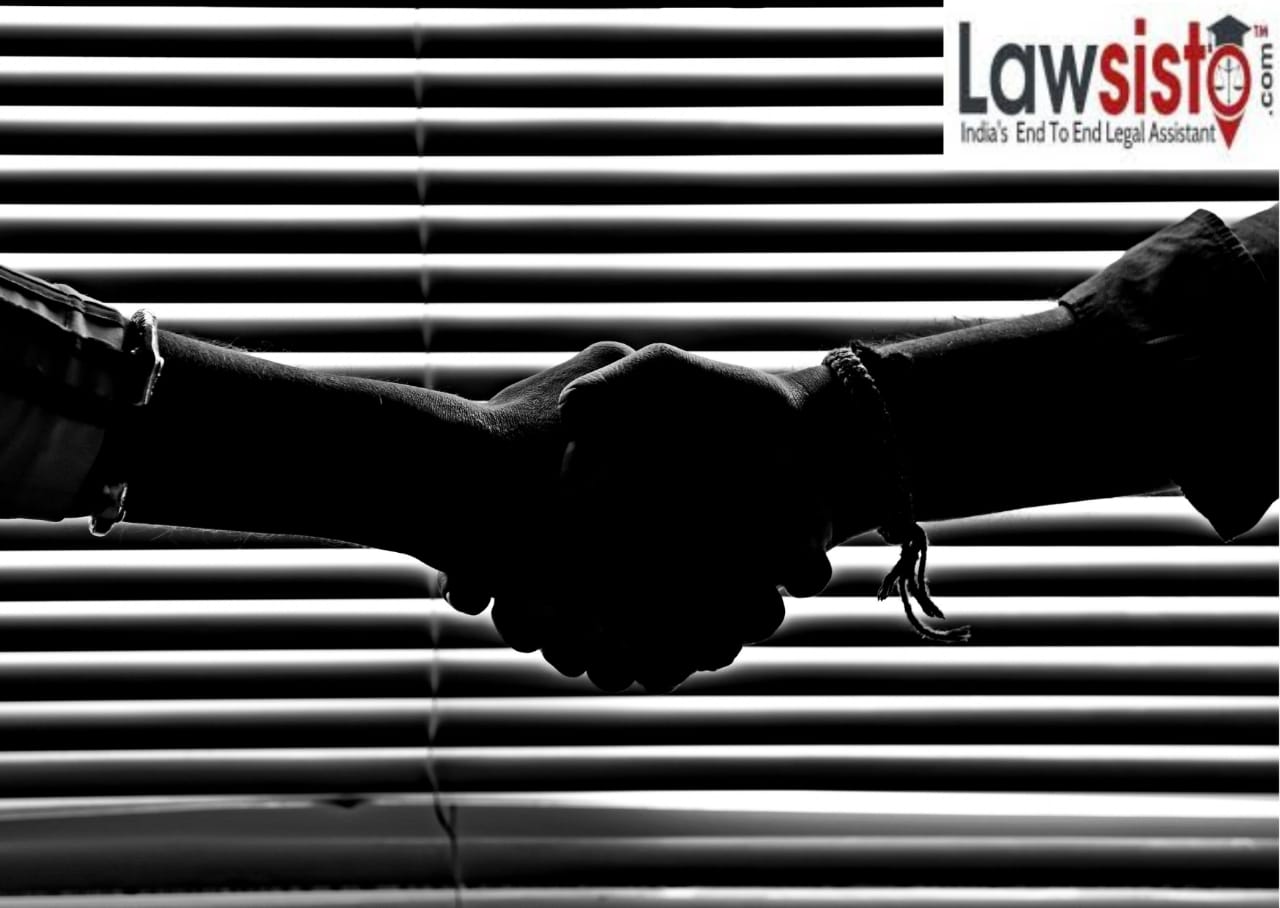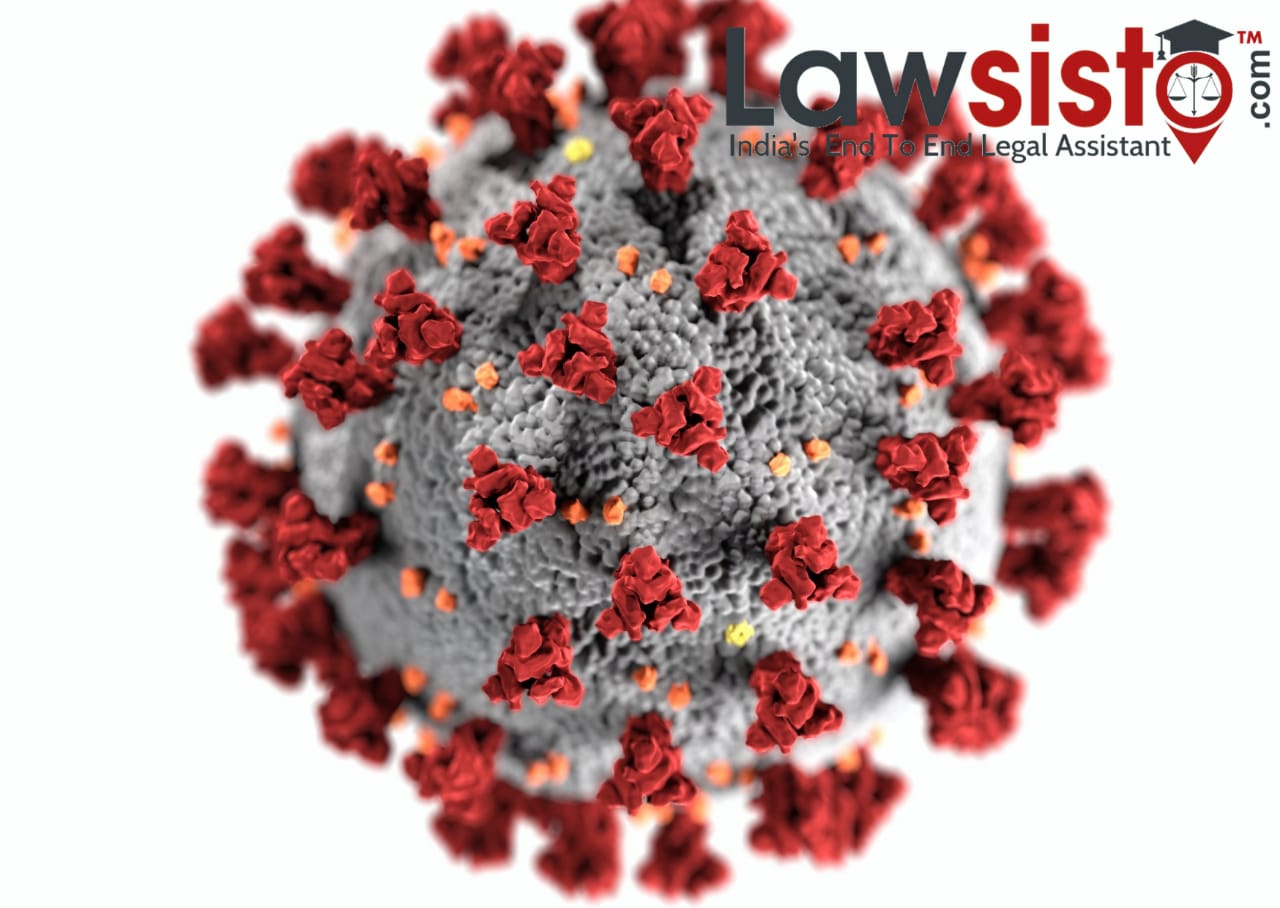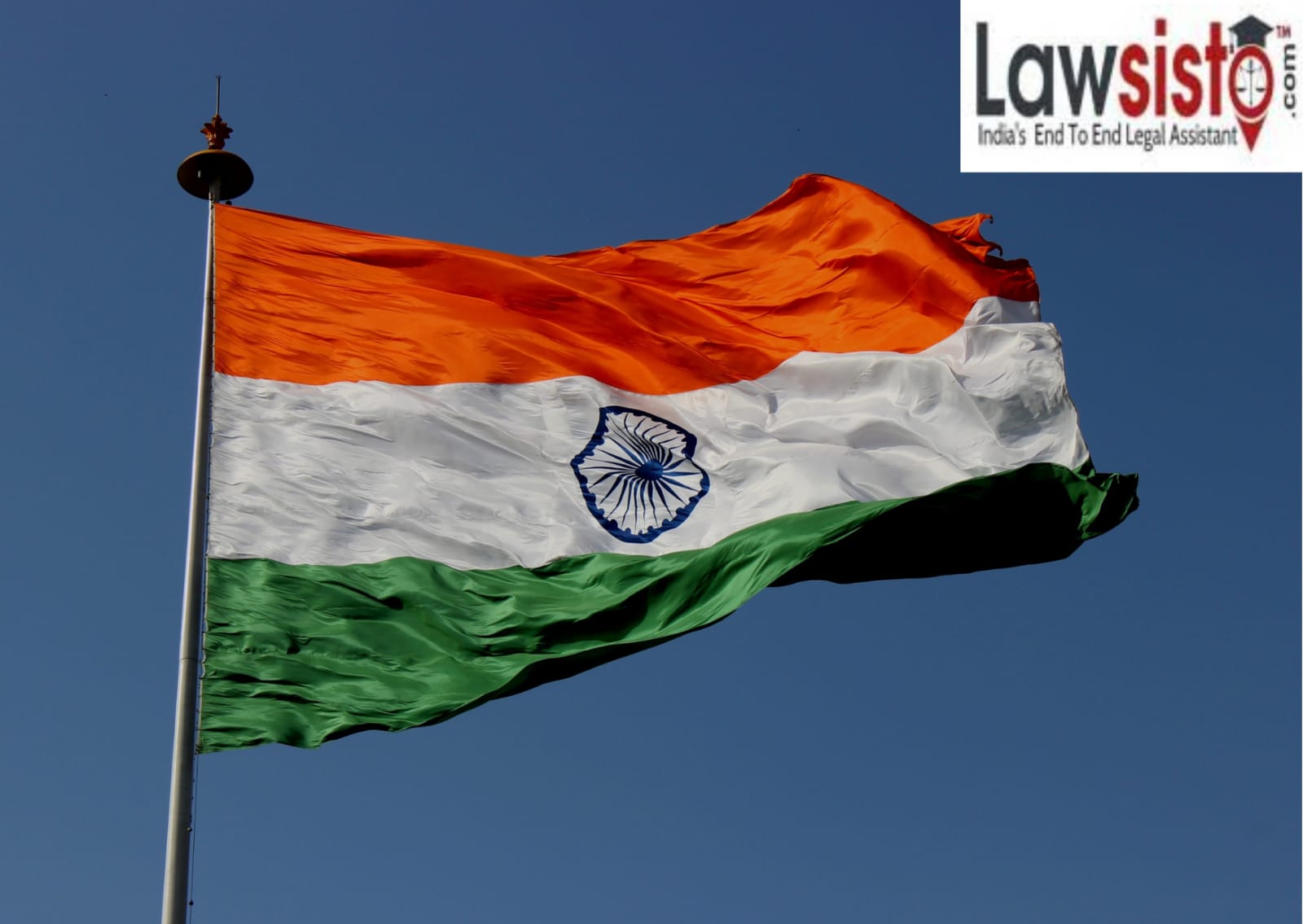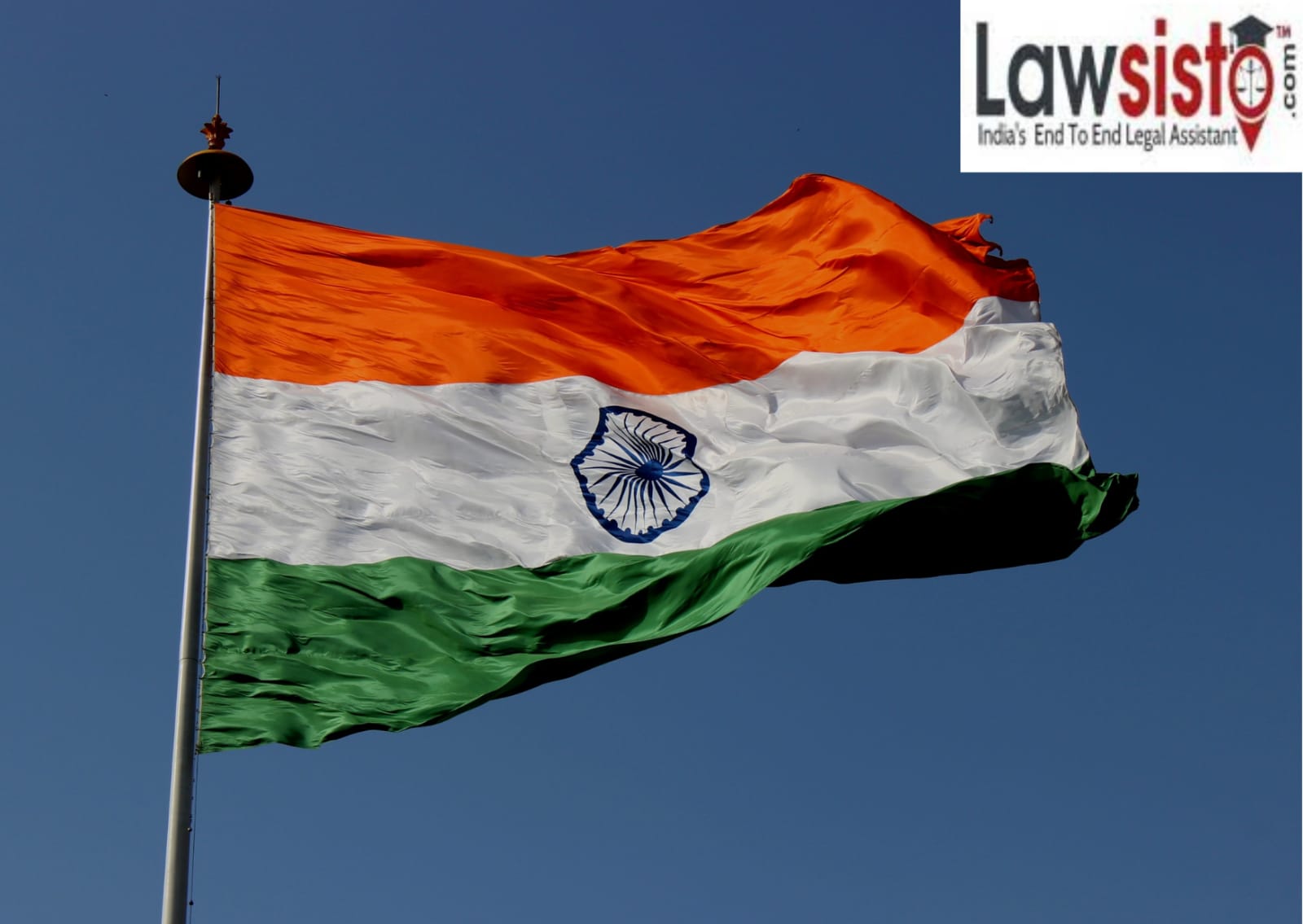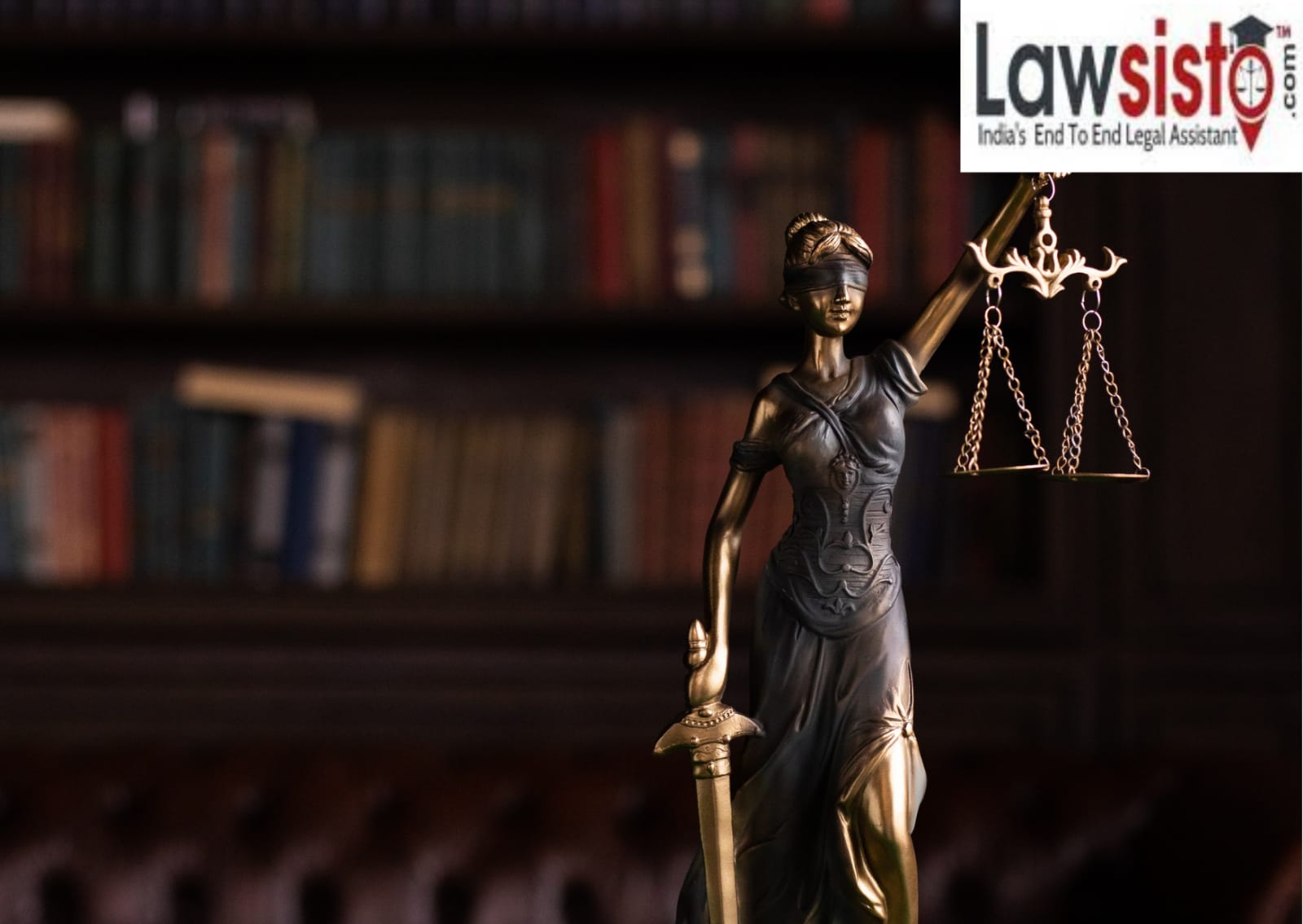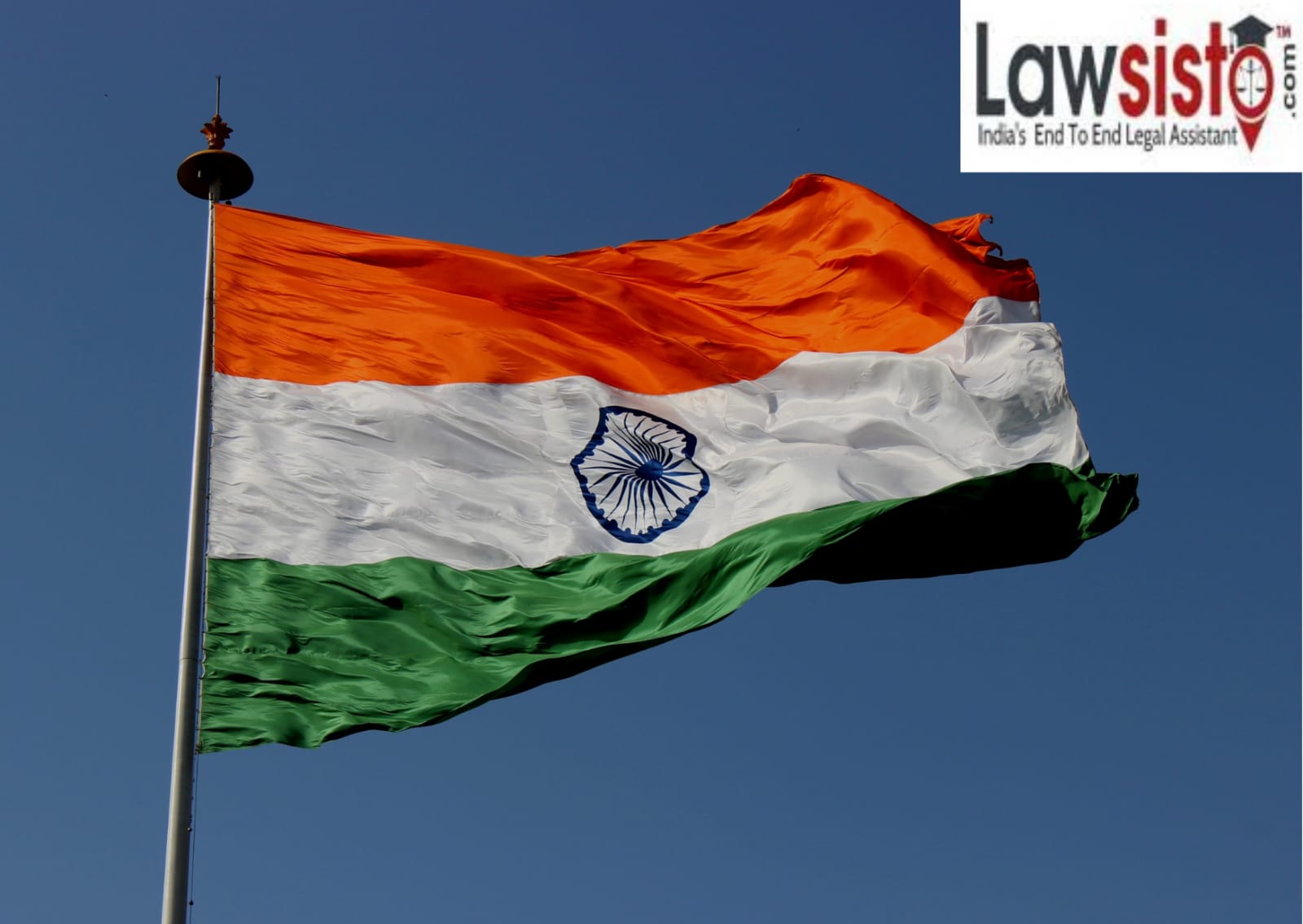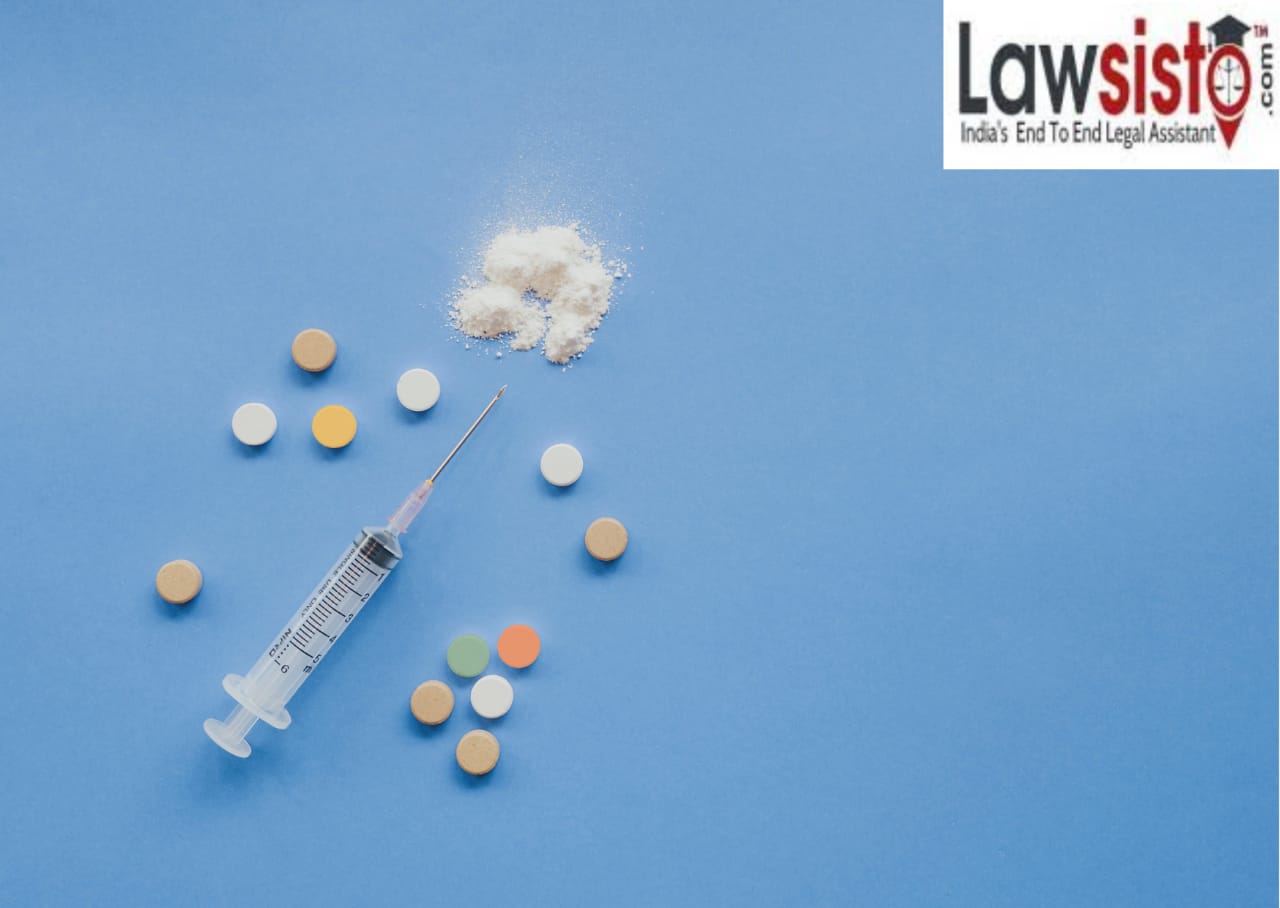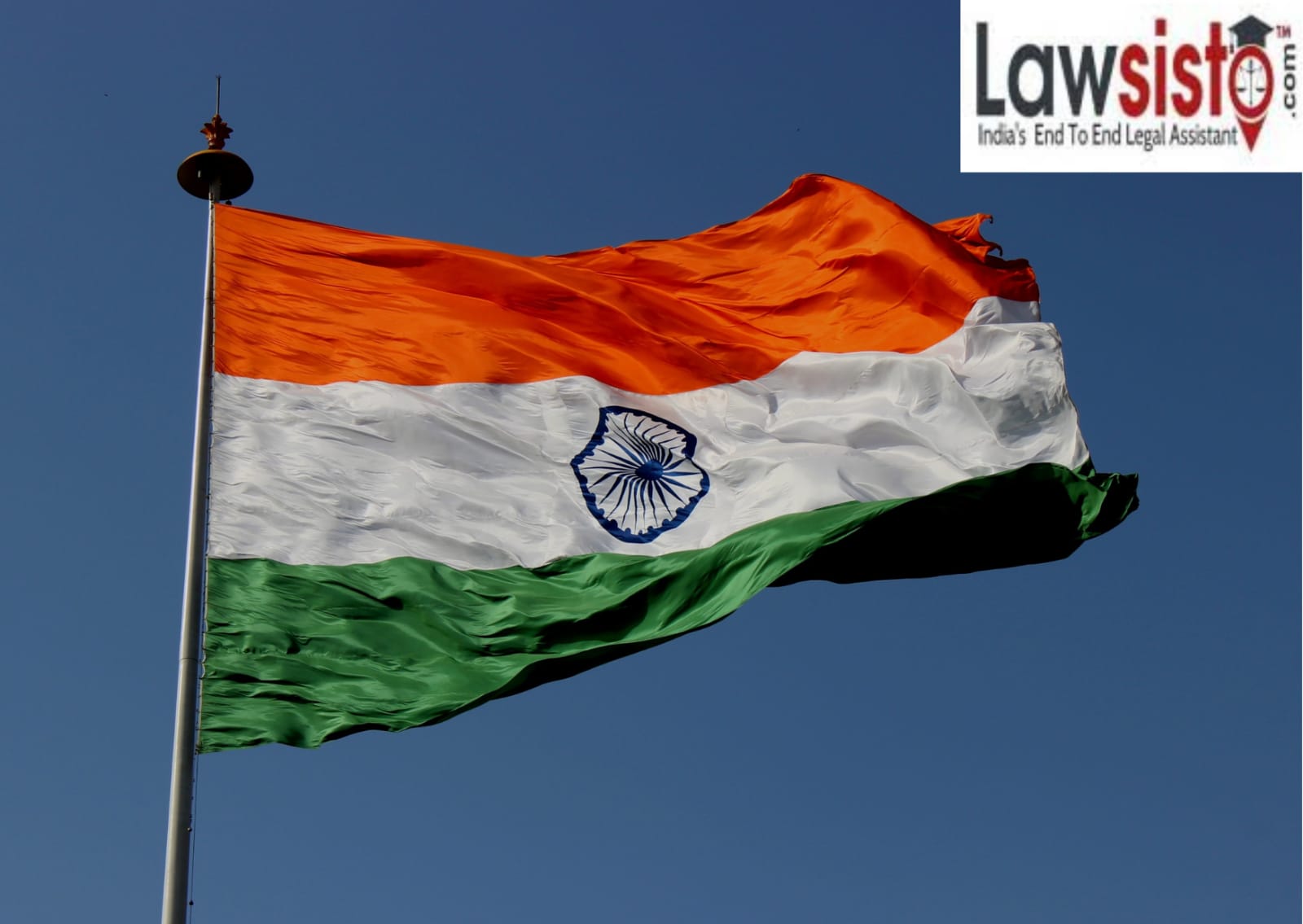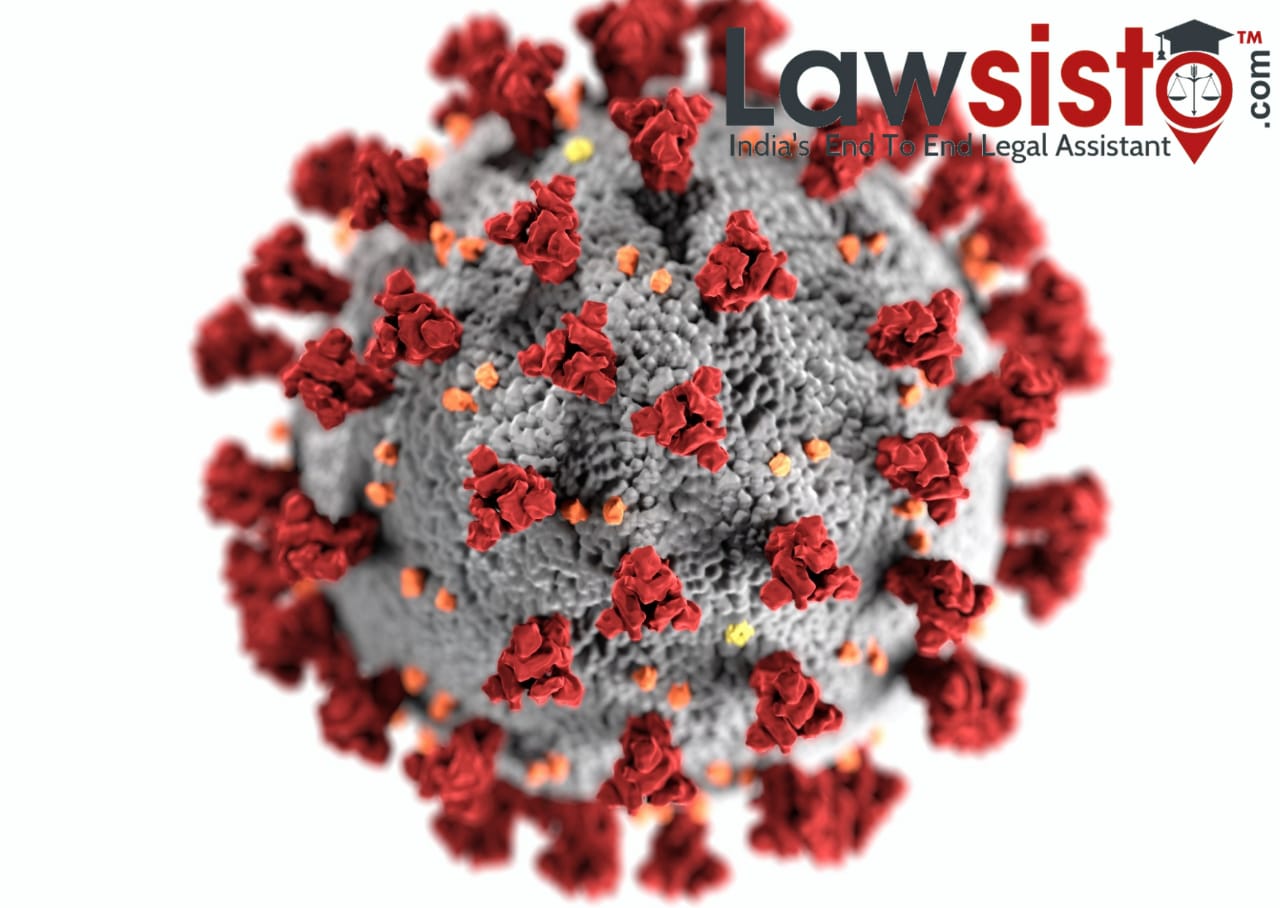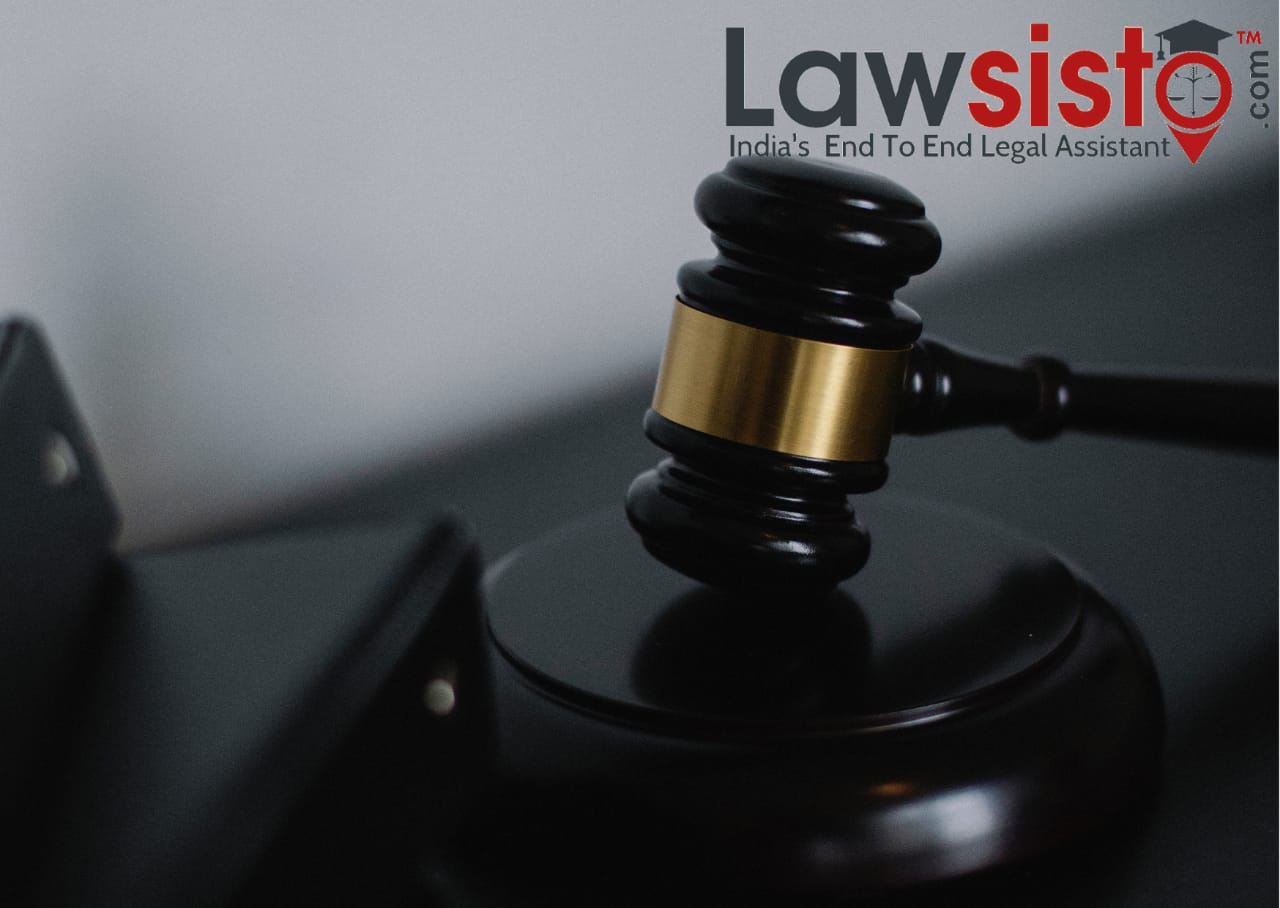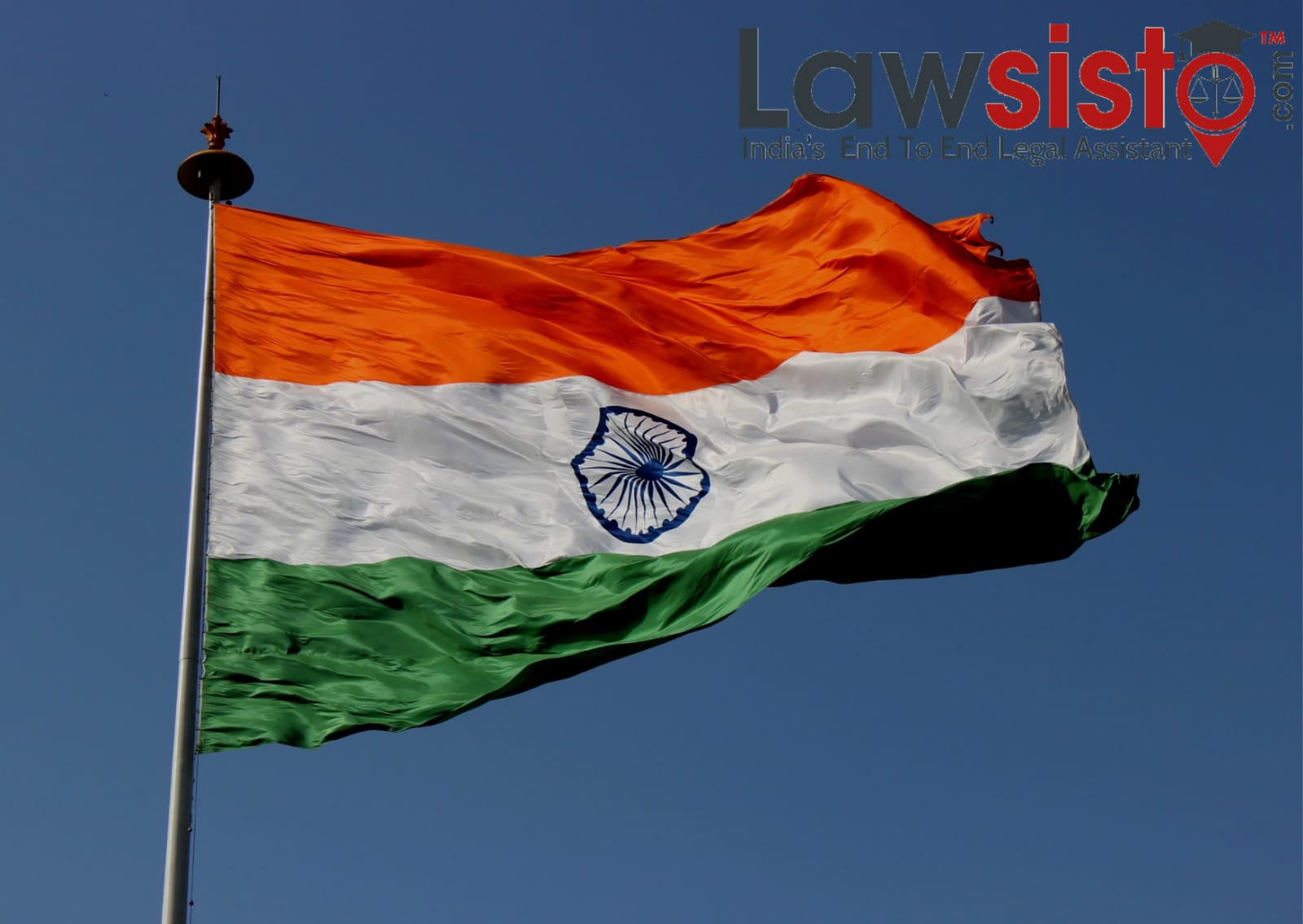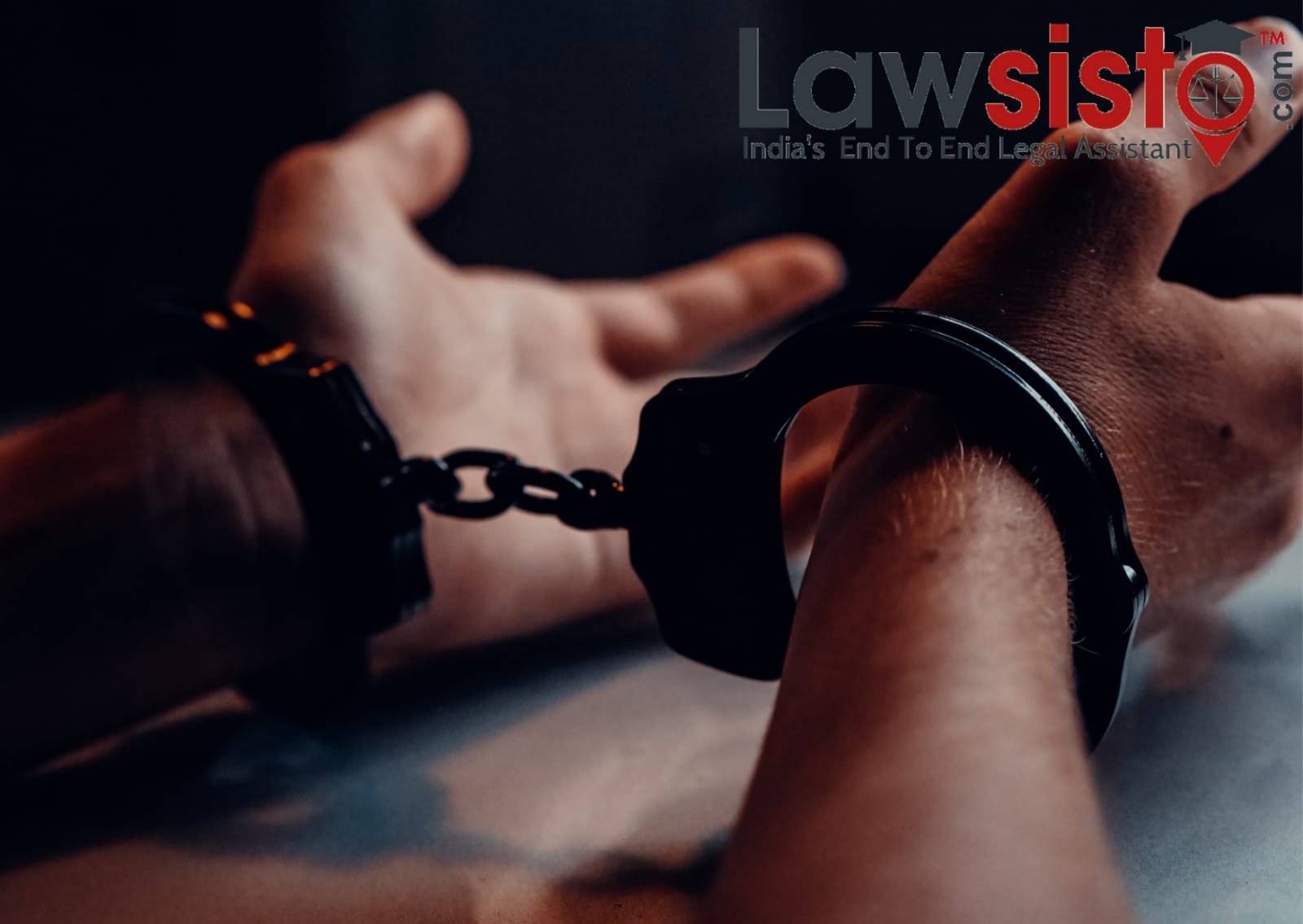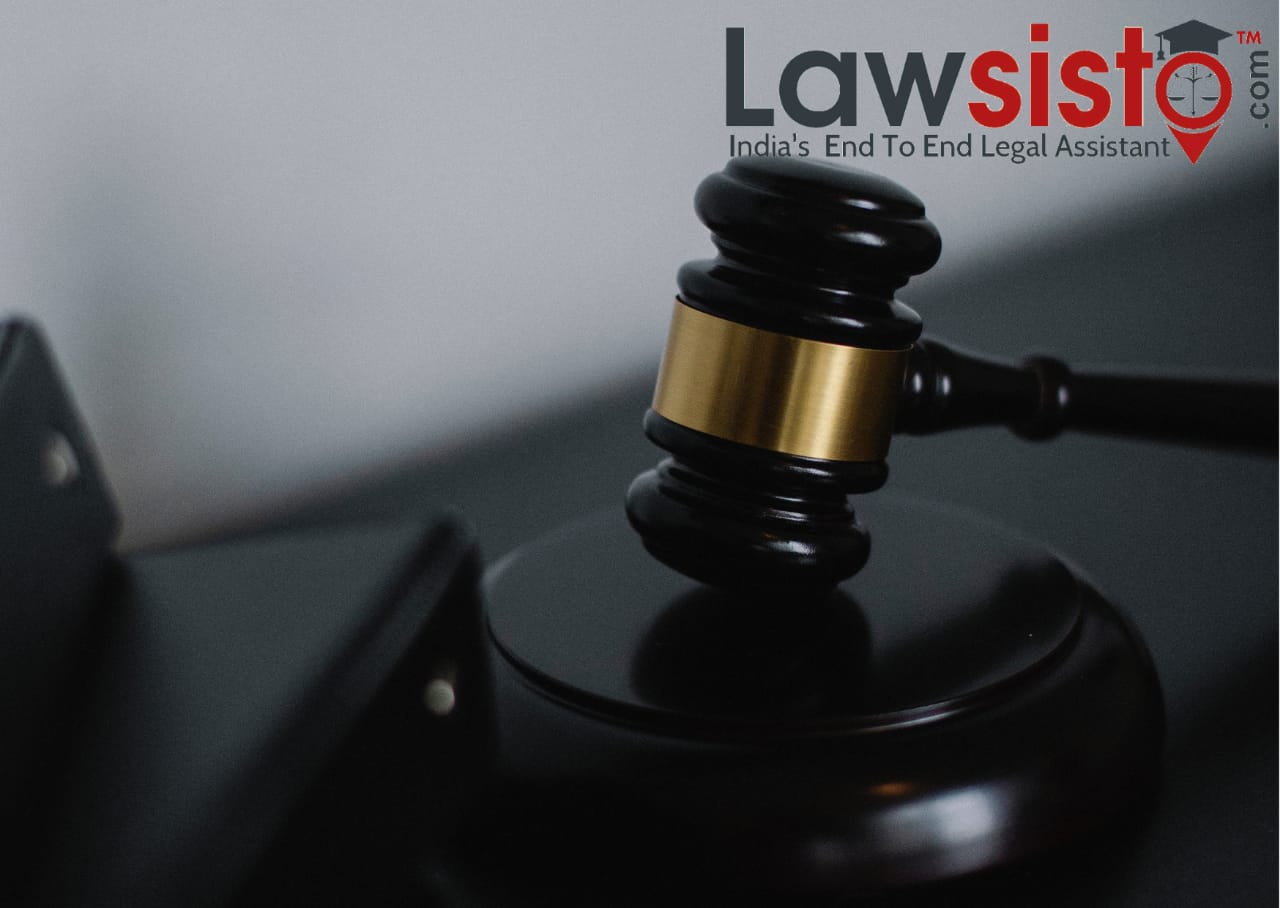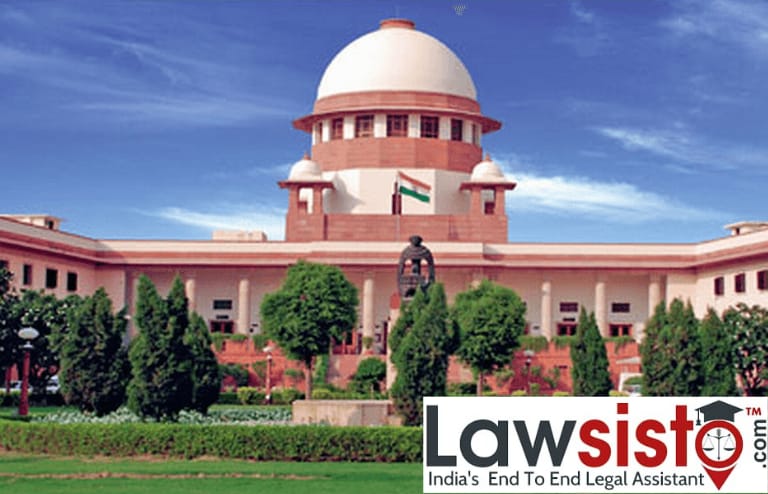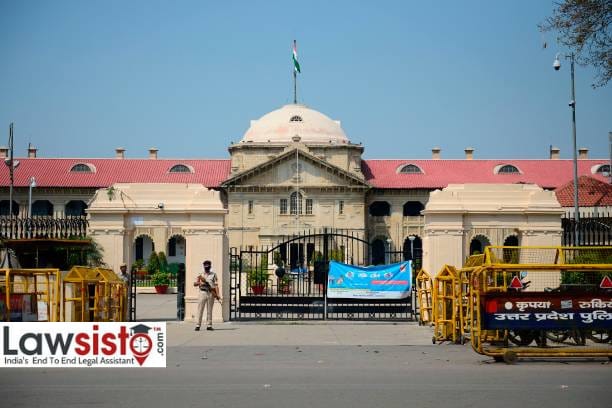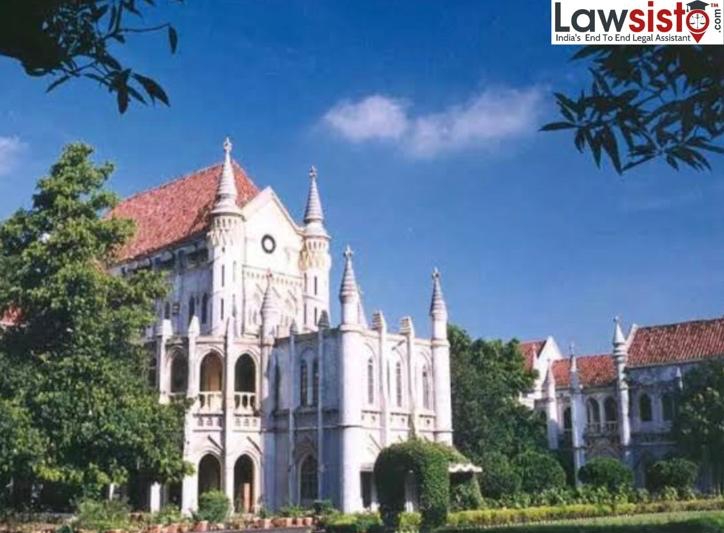Latest News
Child labour Laws : PUDR vs UOI, 1982.
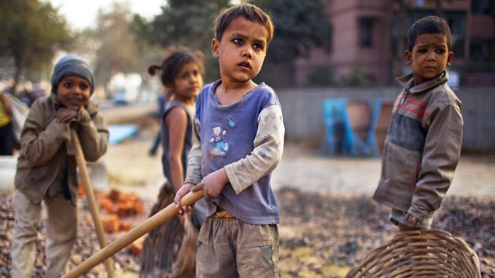
“Life Of Little Ones Are Destroyed, When Child Labour is Employed” as It is well stated for the country like India where after this as many laws have been created against Child Labour but at some point, today also children are being obligated to do work for livelihood for themself as well as for their family. In this particular article demolition of children’s life and future and a landmark case PUDR vs UOI, 1982 is been scrutinized.
People’s Union for Democratic Rights and Others v. Union of India & Others (AIR 1982 SC 1473):
In this particular case, a complaint was filed to prohibit employed children labourers below the age of 14 years in construction work at Delhi. These child labourers who worked on sites and the infrastructure like flyovers and hotels, were recruited by agents of construction contractors from backward villages of Madhya Pradesh, Andhra Pradesh, Orissa, Bihar, West Bengal and Rajasthan. The working children’s condition was malnourished at a feverish pace, beyond the fixed working hours without the minimum daily wages, because of this they themselves frequently becoming victims of accidents. The first public notice was issued related this topic by interviewing the workers as well as employers on their terrible working and living conditions by a fact-finding team of the People’s Union for Democratic Rights (PUDR) which visited some of the major sites in July and August 1981.
After then a writ petition was been filed by the People’s Union for Democratic Rights before the Supreme Court on November 16, 1981, the PIL has been filed in order to issue observance of the provisions of various labour laws associated to the workers employed in the construction work of the projects in Delhi. Justice Baharul Islam Justice and P.N. Bhagwati on May 1982, admitted the writ petition and directed the Union Government, the Delhi Administration and the Delhi Development Authority – these three concerns which had appointed certain contractors, at the ASIAD Delhi construction work, to ensure the payment of minimum wages and provision for the other facilities to the workers under various laws. The judges also appointed three ombudsmen (experienced persons authorized to inquire into and pronounce upon grievances of citizens against public authorities) – For the first time in the judicial history of India, for protection of the interests of the workers and ensuring the scrutiny of the laws. They were appointed to visit the all the major construction sites and submit weekly reports to the Supreme Court relating to cases of violation of the laws.
Different authorities entrusted for the execution of various projects and they employed other contractors to complete the construction work of the projects and were registered as the principal employers in compliance with section 7 of the Contract Labour Act 1970. After the required labourers were recruited by these contractors through “Jamadars,” who brought these labourers including children below the age of 14 years from various parts of India. Along with the labourers, children were also engaged in construction work at Delhi. As it was the violation of article 24 as well as Employment of Children Acts, 1938 and 1970 Also, the minimum wages which should be paid directly to the workers, paid to these ‘jamadars’ which is violation of Minimum Wages Act, 1948. It was also contended that women workers were also paid contrary to the provisions of Equal Remuneration Act, 1976, as they were paid only Rs.71/- per day and the ‘Jamadars’ misappropriate the balance which is actually to be given. Also, the workers were denied to provide any medical and other facilities which was the violation of the Contract Labour (Regulation and Abolition) Act, 1970.
The Supreme Court of India by its decision upheld that the right of a worker created under various labour laws and particularly under the provisions of Contract Labour (Regulation and Abolition) Act, 1970, Employment of Children Act, 1970, Equal Remuneration Act, 1976, and Minimum Wages Act, 1948 enforced under Article 32 of the Constitution of India. The Supreme Court extended the scope of the meaning of article 21, as it included the right to livelihood along with the ‘right to live with basic human dignity’ in the Constitution of India. The cure to Non- Payment or less payment of wages to workers which
The provisions of Article 21, 17, 23 of the Constitution has given a wider meaning to cover the cases of Non-payment or less payment of wages to the workers which they are entitled under the provisions of law. The Supreme Court has considered the scope and ambit of Article 23 in detail and held that the scope of Article 23 is wide as it strikes at “traffic in human beings” and “beggar and other forms of forced labour” wherever they are found. This Article strikes at forced labour and beggar in whatever form they may demonstrate themselves, because it is a violation of human dignity and against the basic human values. And therefore, Article 21 of the Indian Constitution has also been struck to violate. The court had declared dignified constitutional responsibility of the government and its agencies to see that the various laws are properly been implemented, not only by it, but also by non-governmental institutions or private persons. The Supreme Court used expressions “forced labour” and “bonded labour” in Article 21 to “right to live with human dignity”. The labourers were guaranteed to get their rights and benefits under various labour laws which will make parts of basic Human Dignity and will raise the status of Fundamental Rights of India.
Statistics of Child Labour in India:
Child Labour is quite acceptable in India due to poor schooling opportunities and high poverty rate. Child Labour is relevant in both rural as well as urban regions of the country. As per the 2011 census report, In India out of 259.6 million population of age grouping 5-14 years 10.1 million children in the country is forced or obliged to do work either as the primary worker or a marginal worker, it is about 3.9% of total child population. According to the reports, almost 40% of child labourer is in the field of precious stone cutting, even they exits in the embroidery work, mining, dhabas, tea stalls, zari work even at the hopes for domestic work as servant.
Current scenario of Child Labour:
India is one of the leading countries in Asia which has almost 33 million children employed in the form of child labour. As estimated by the UNICEF recent stats that about 150 million children are involved in child labour all over the world.
Conclusion:
Immense laws and regulations are made, many regulatory bodies or departments made for child labour, yet it is incapable of controlling ongoing child labour. This is possible only when the government will take necessary steps to eradicate poverty of the parents of the child labour through employment and also there should be an upgrade in education to the children, with providing necessary funds to the required poor children. Most important to punish the violators of Child Labour Laws accordingly.
Document:
